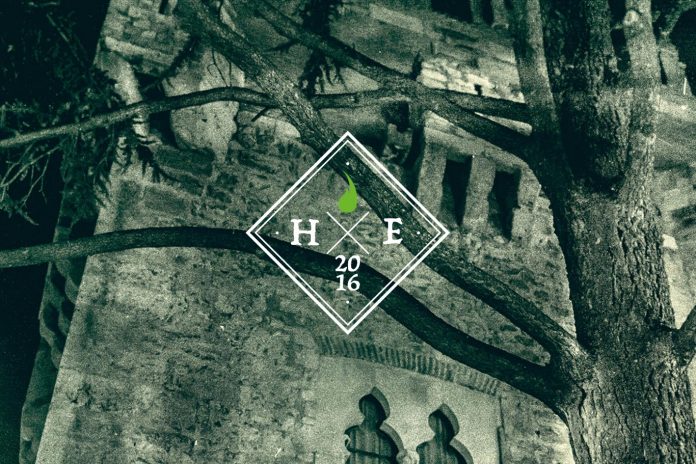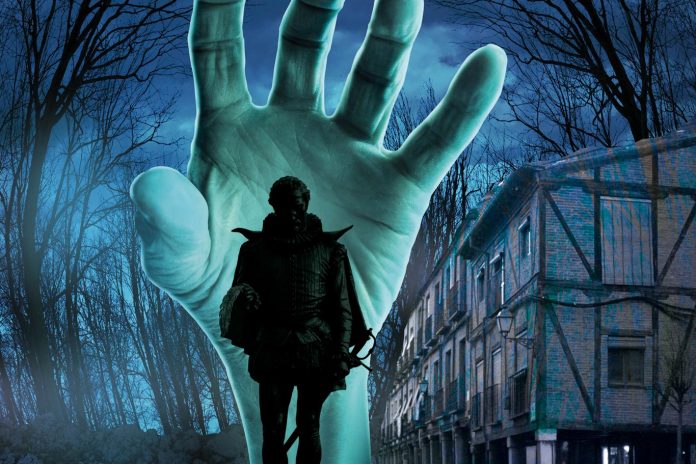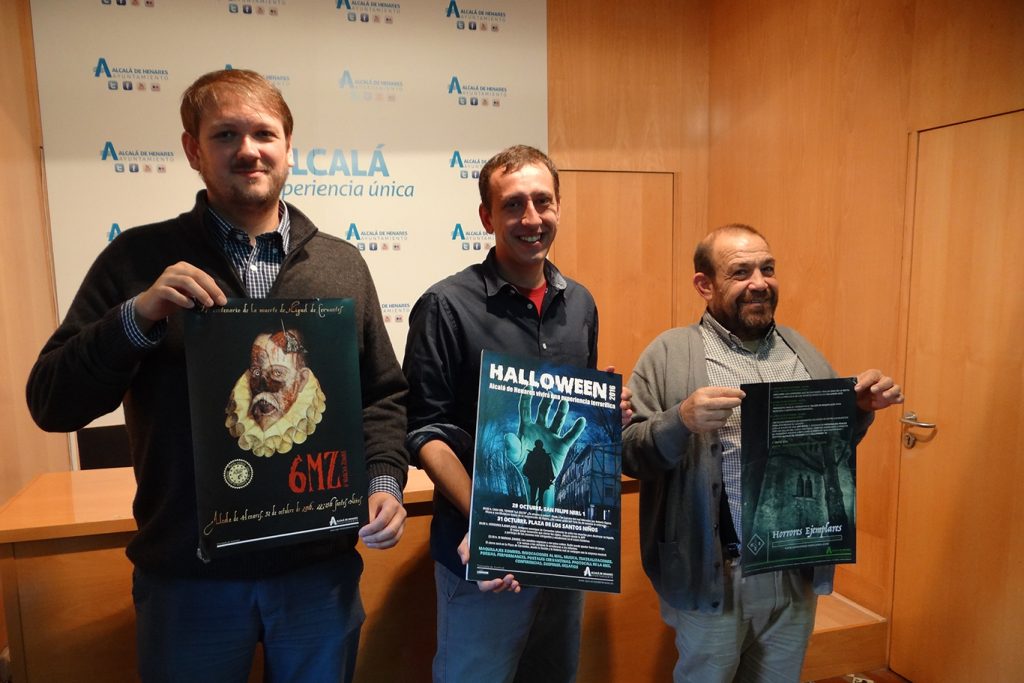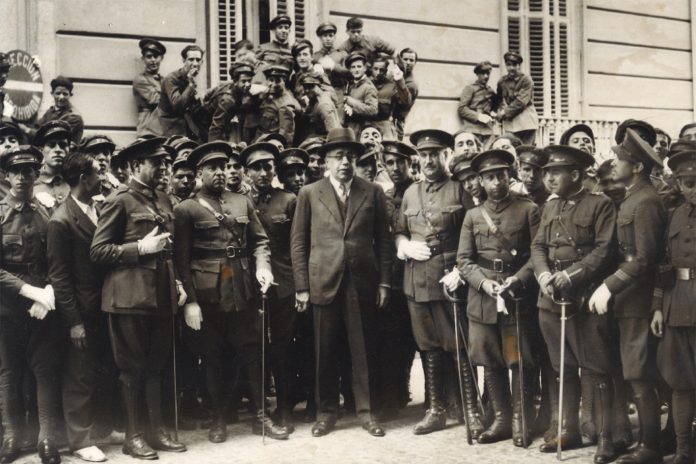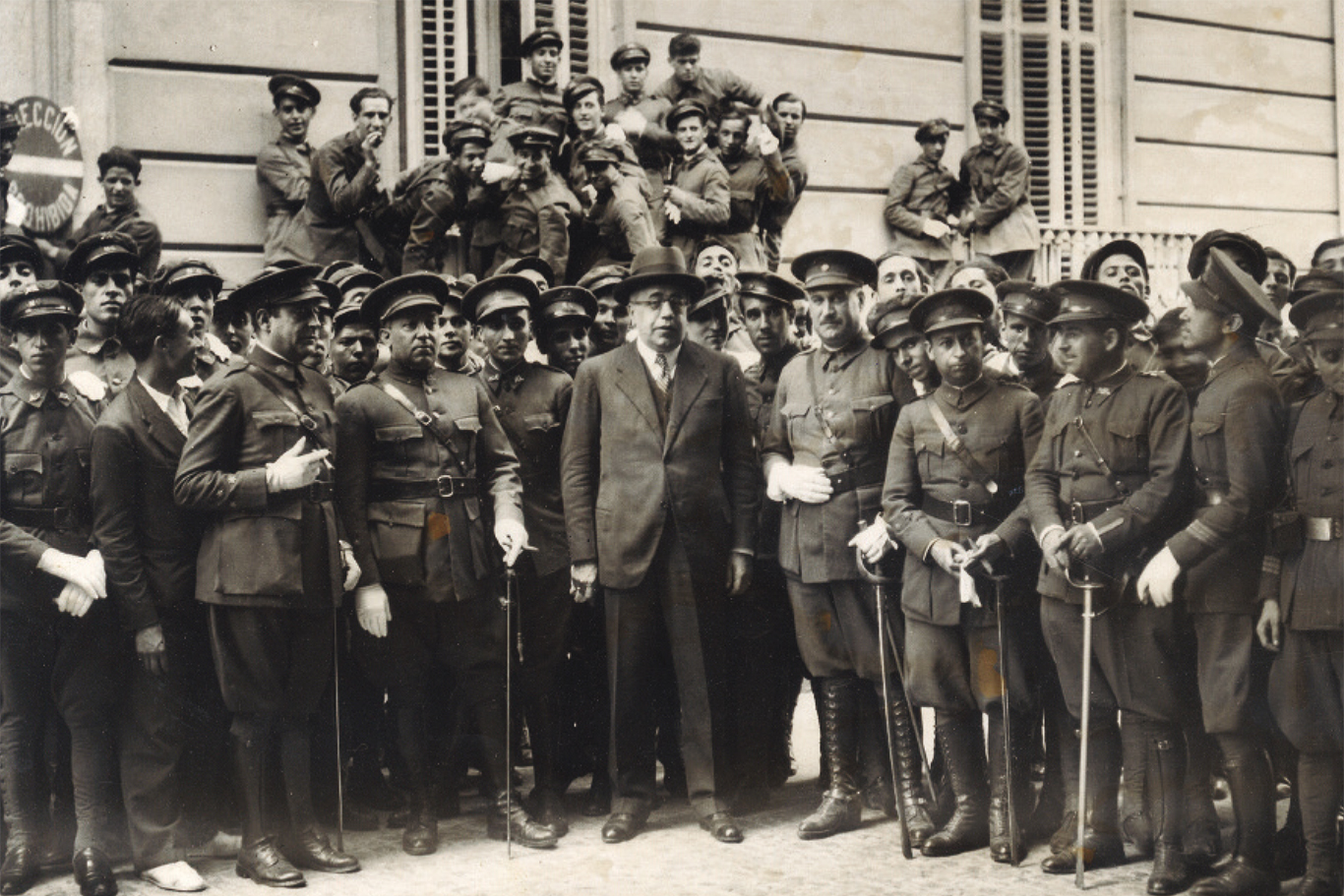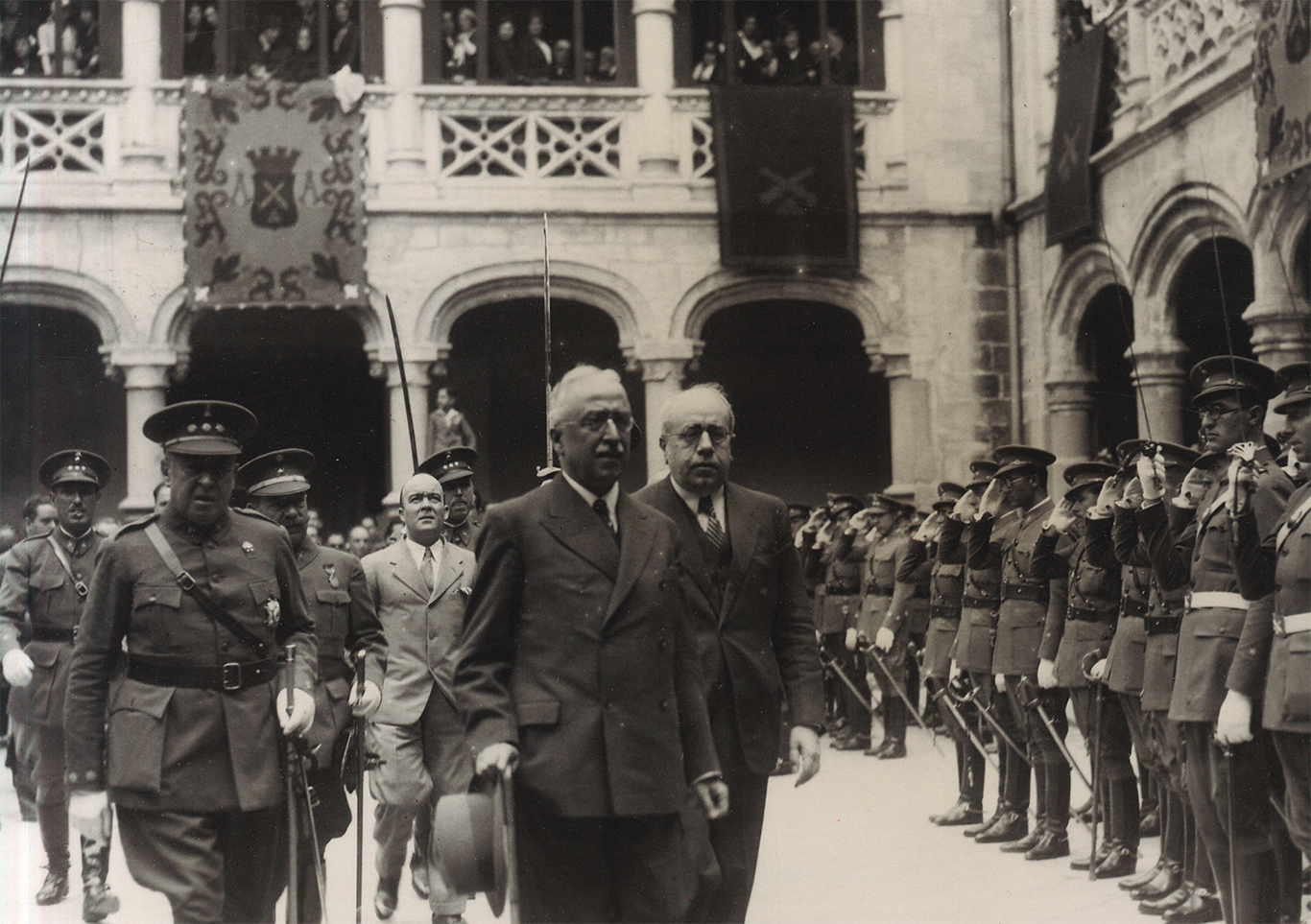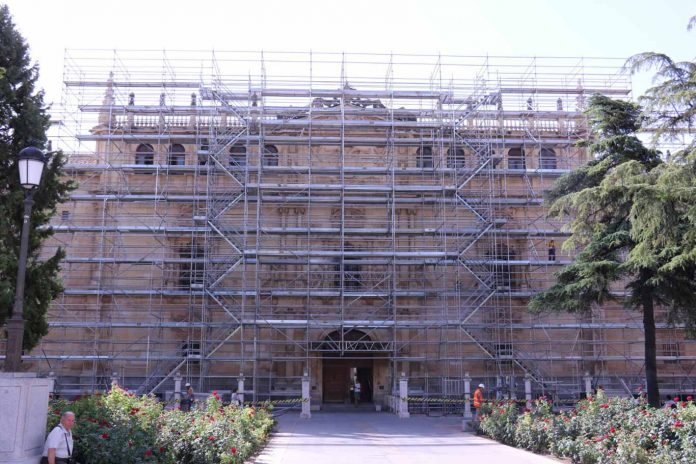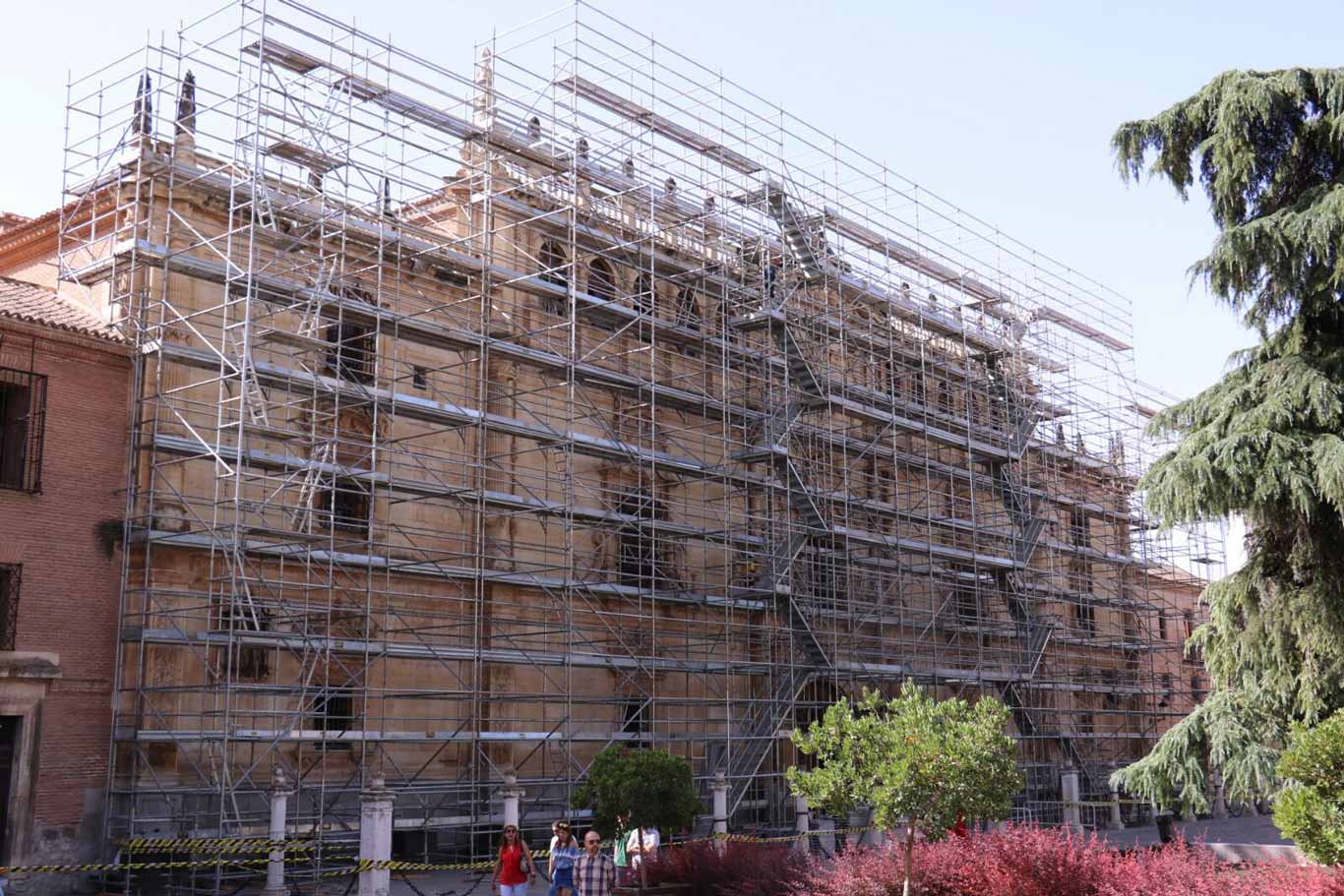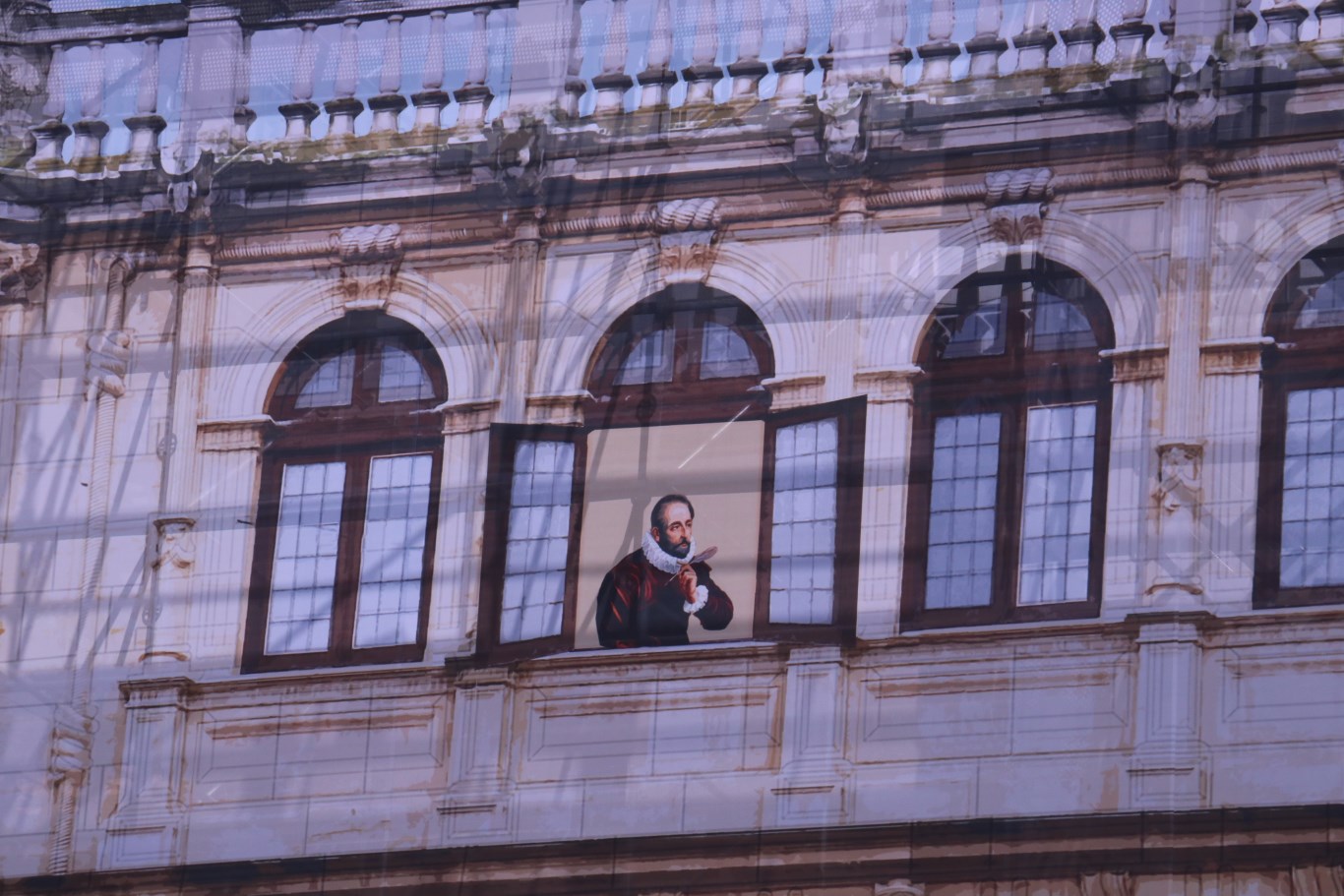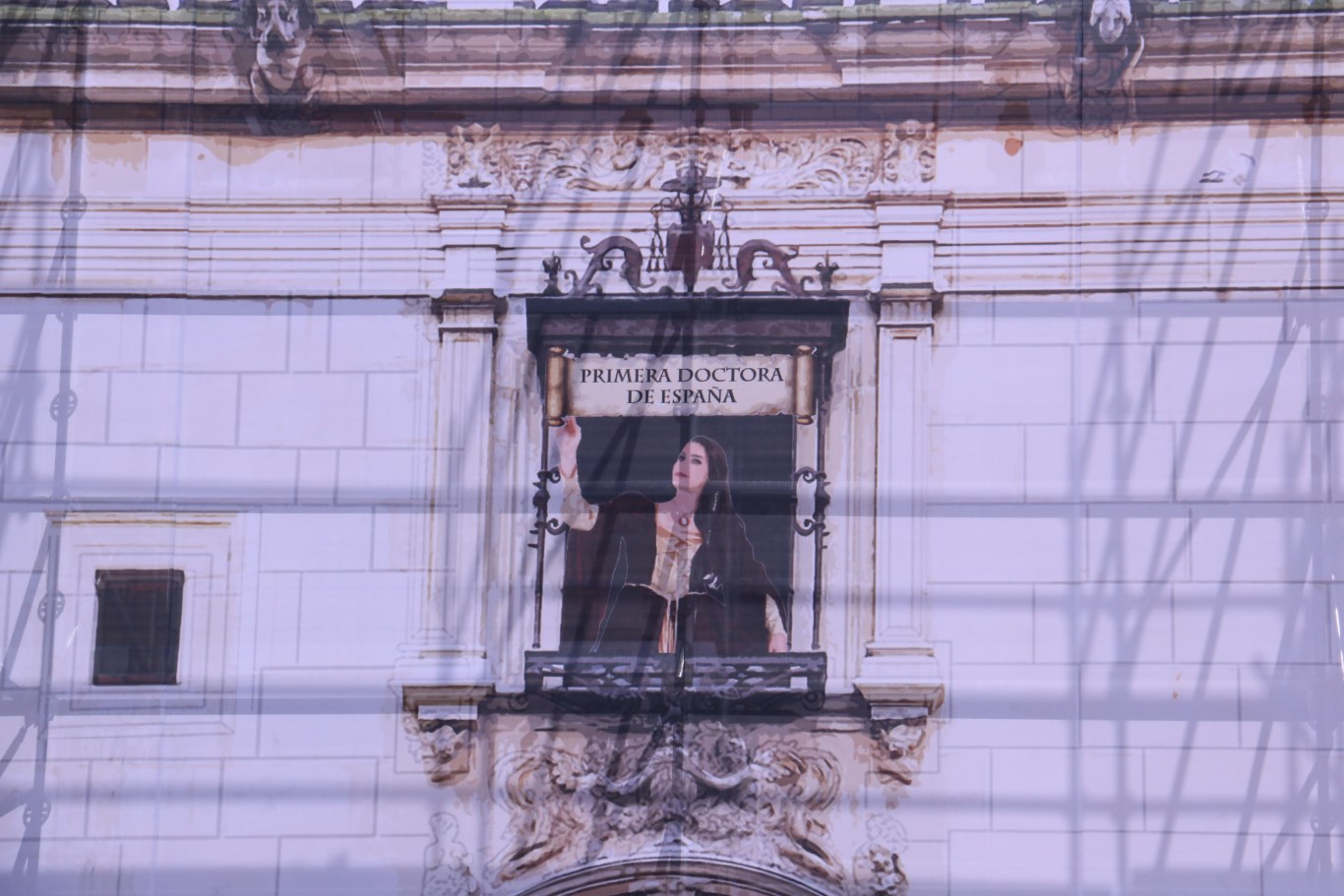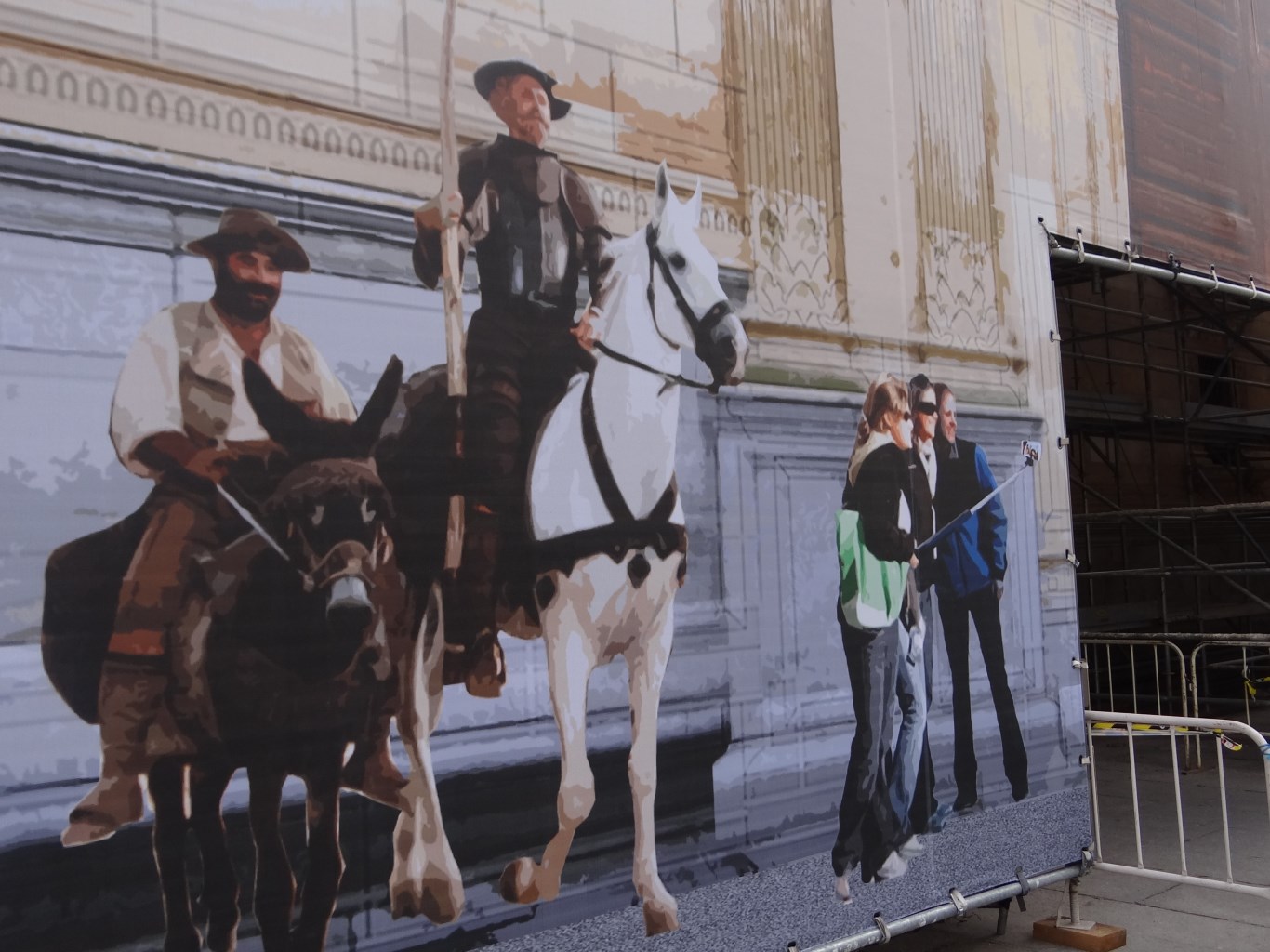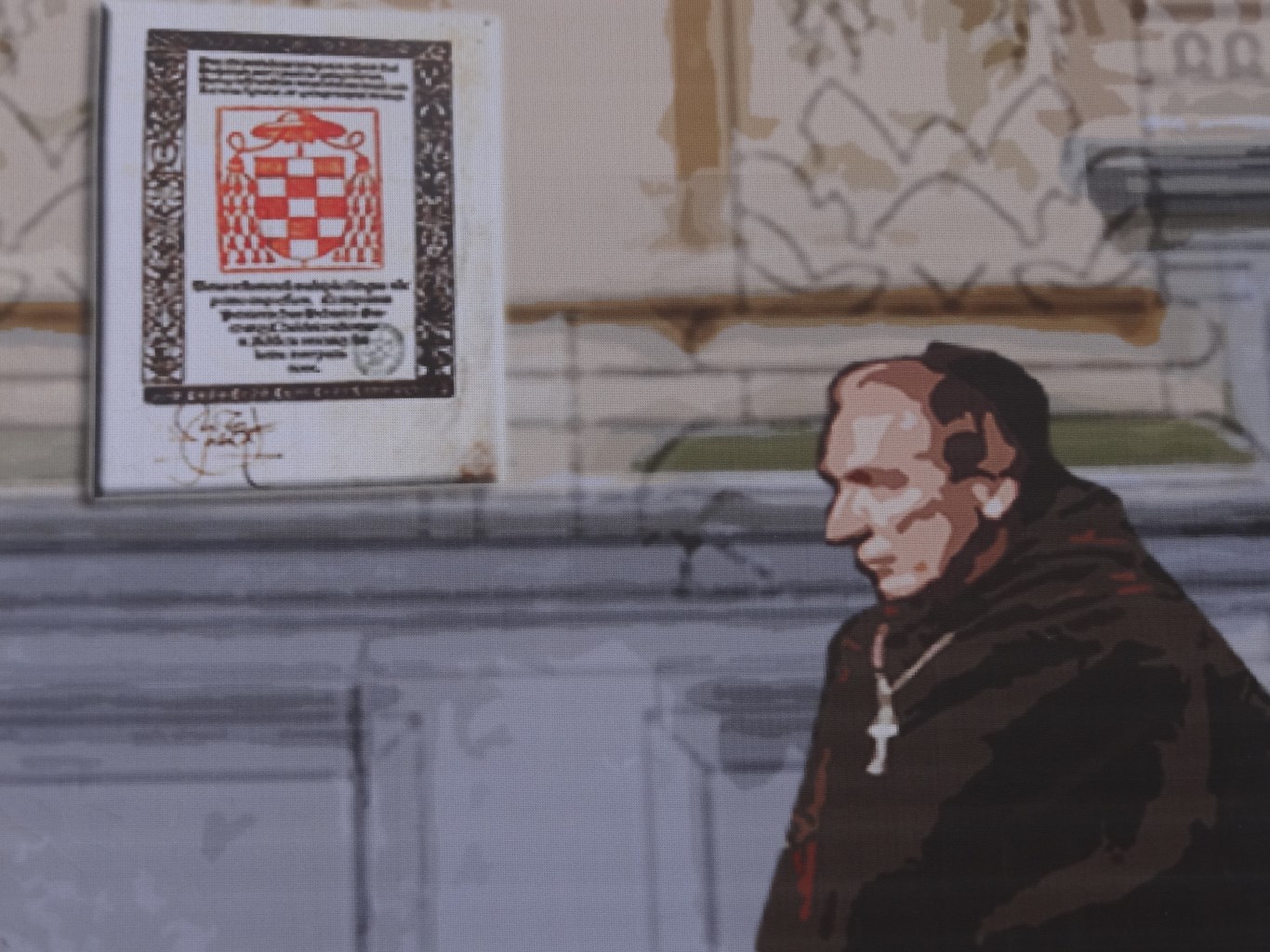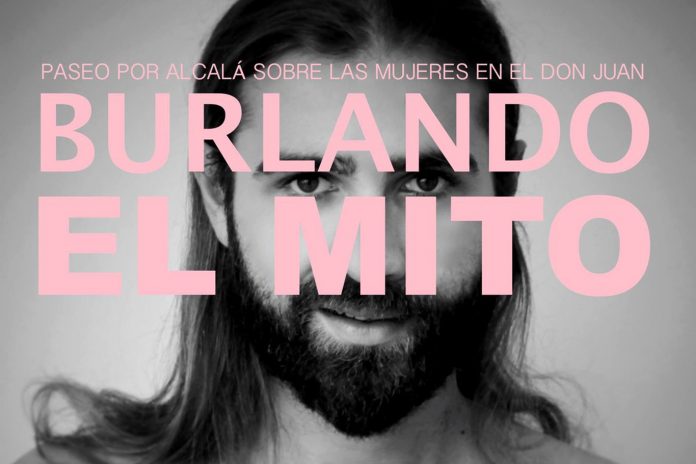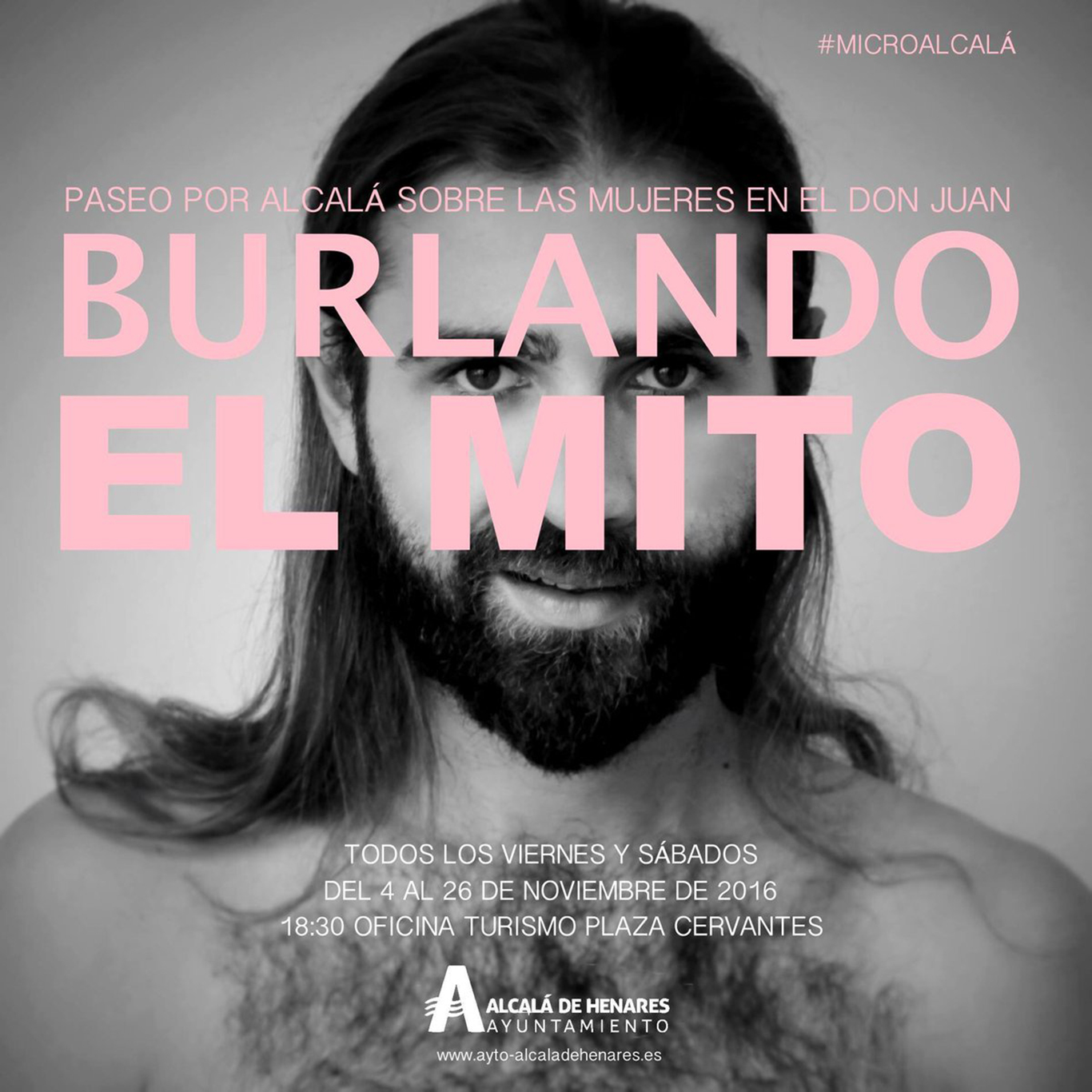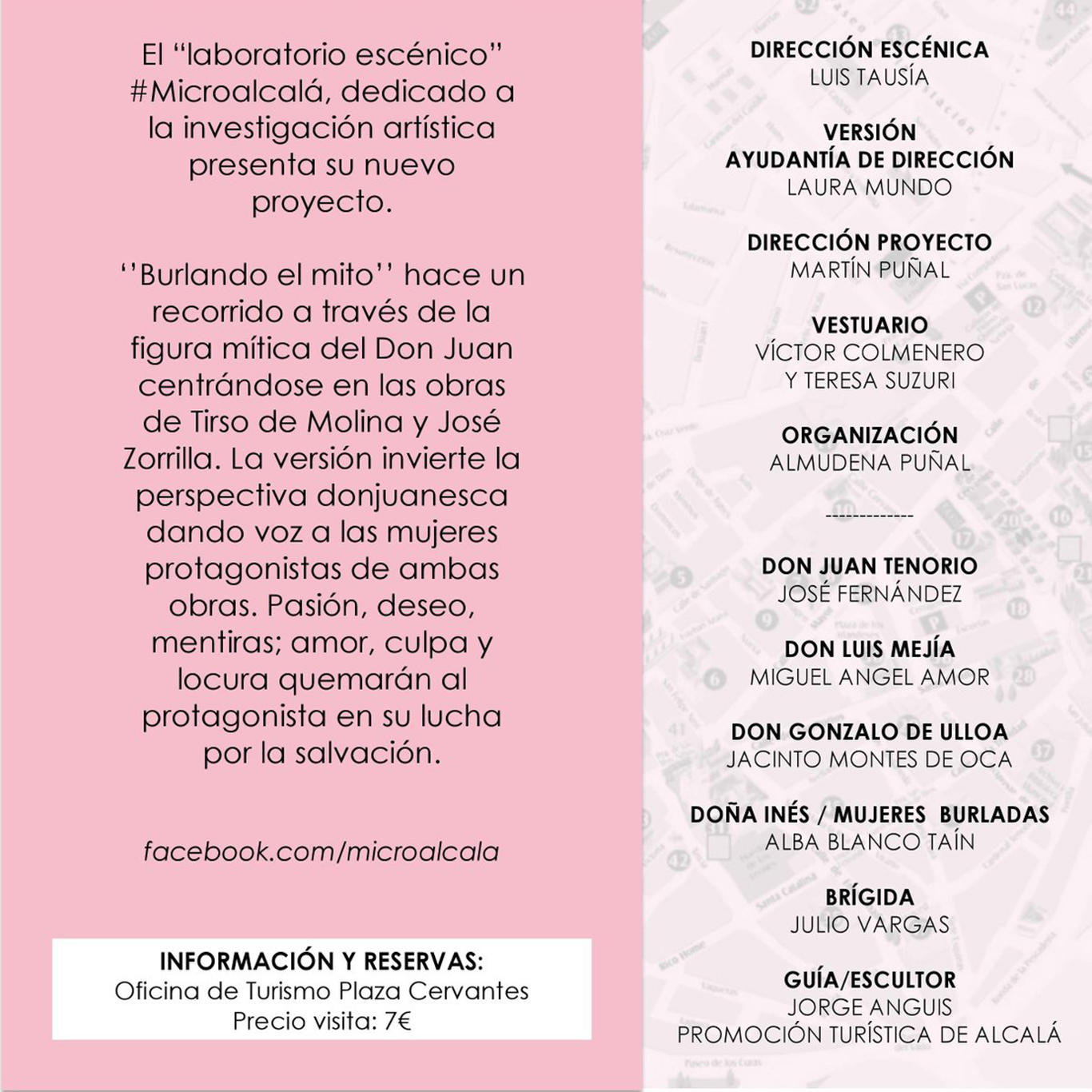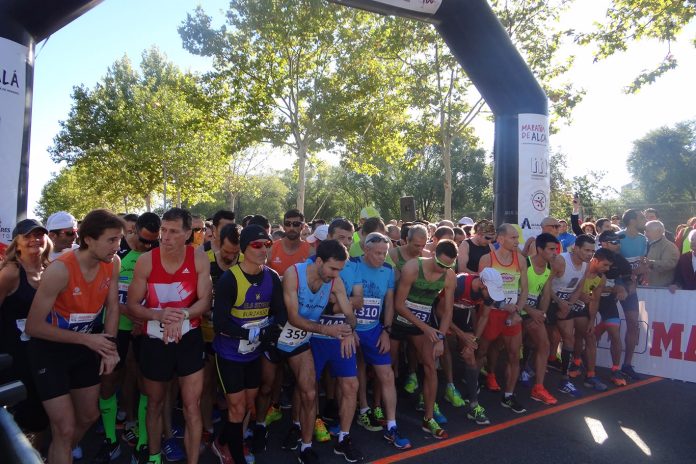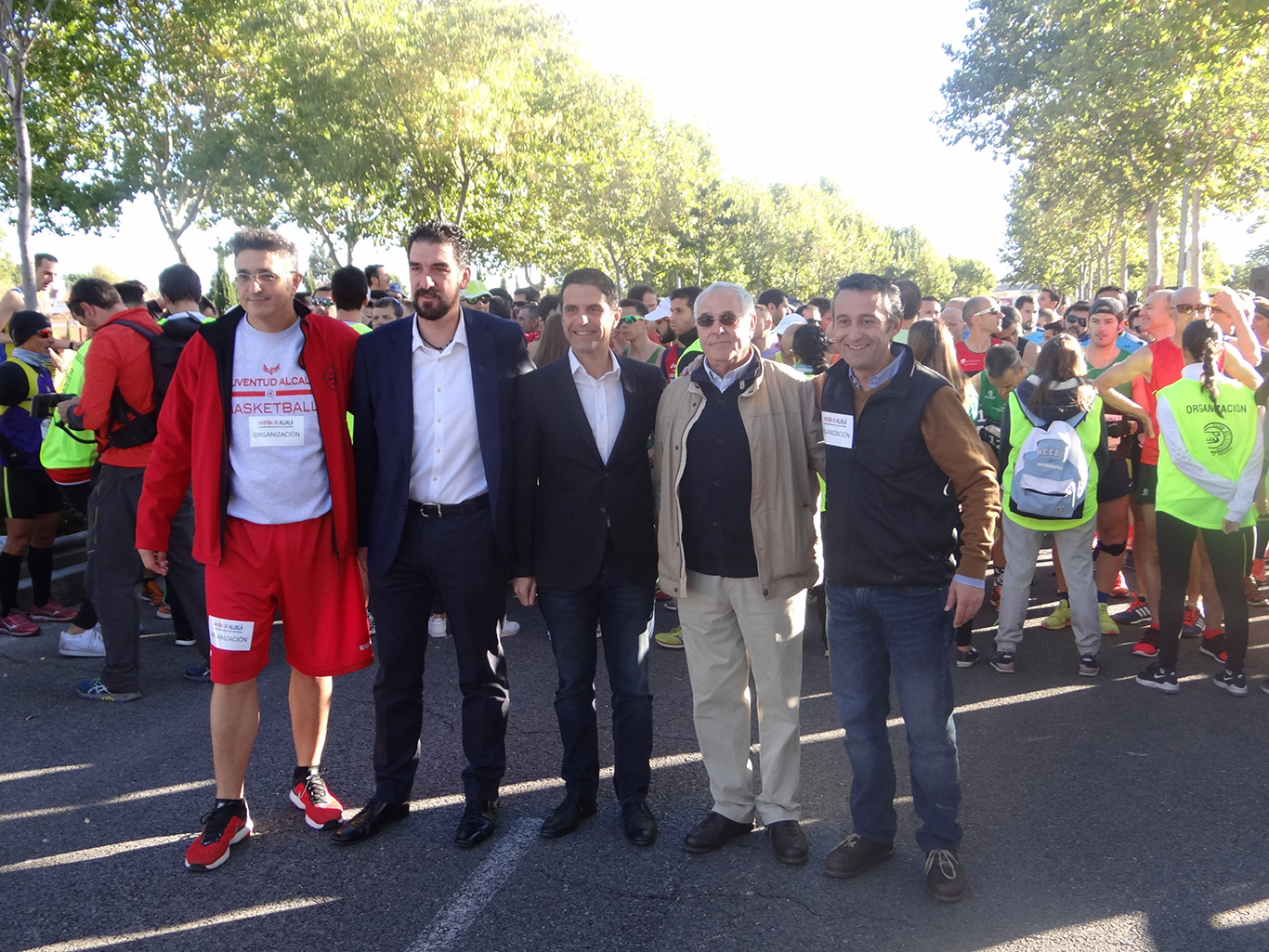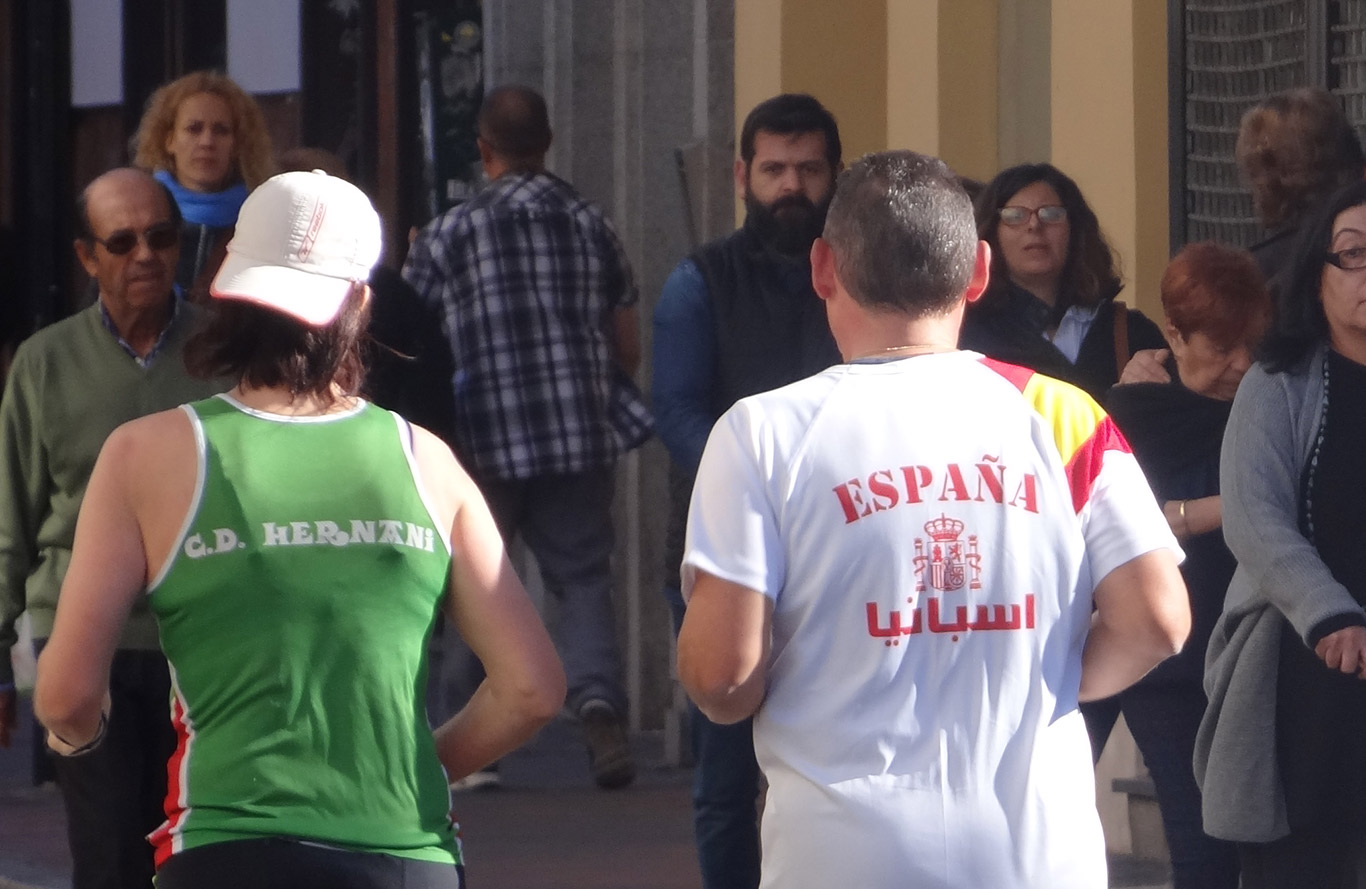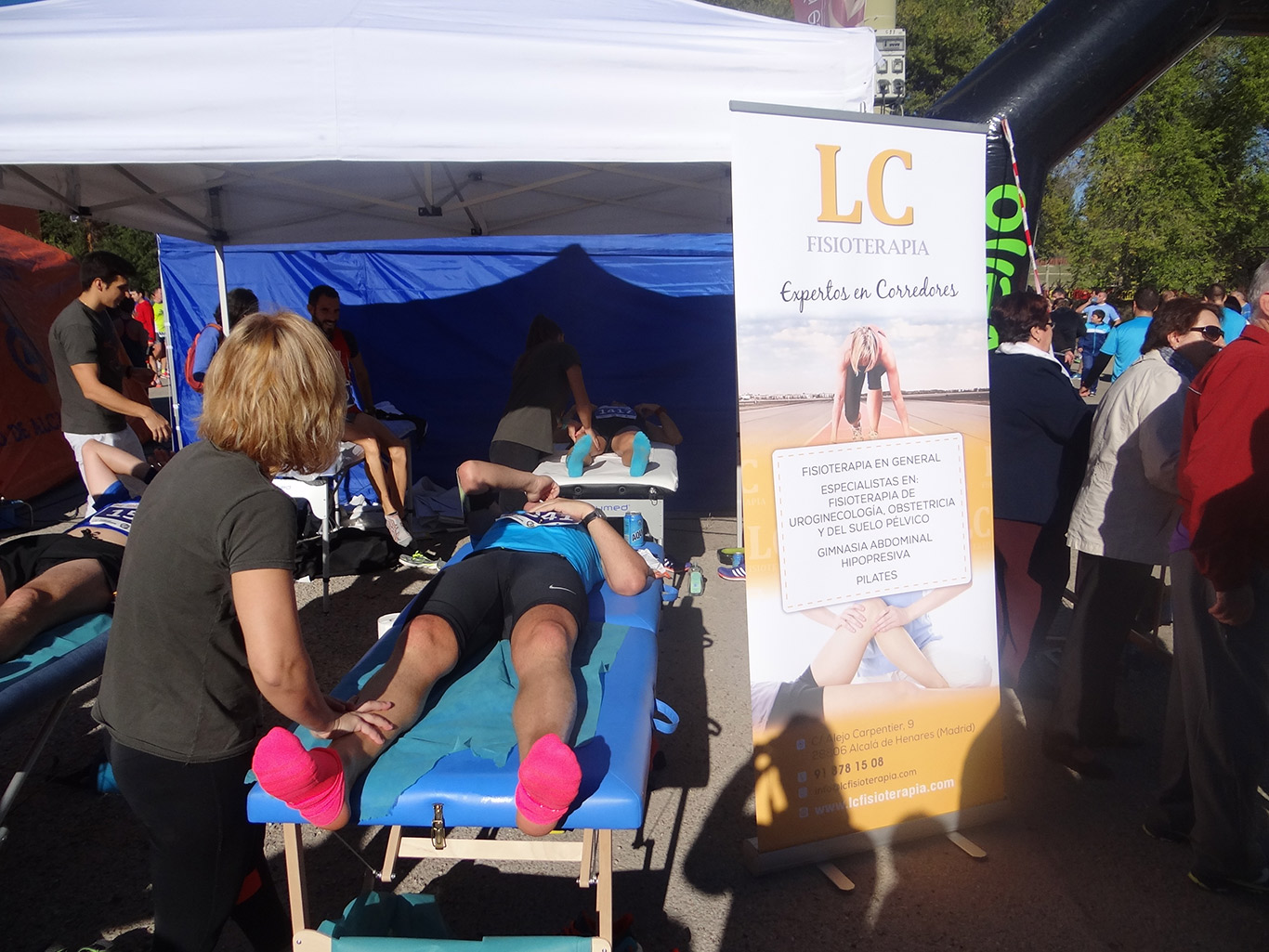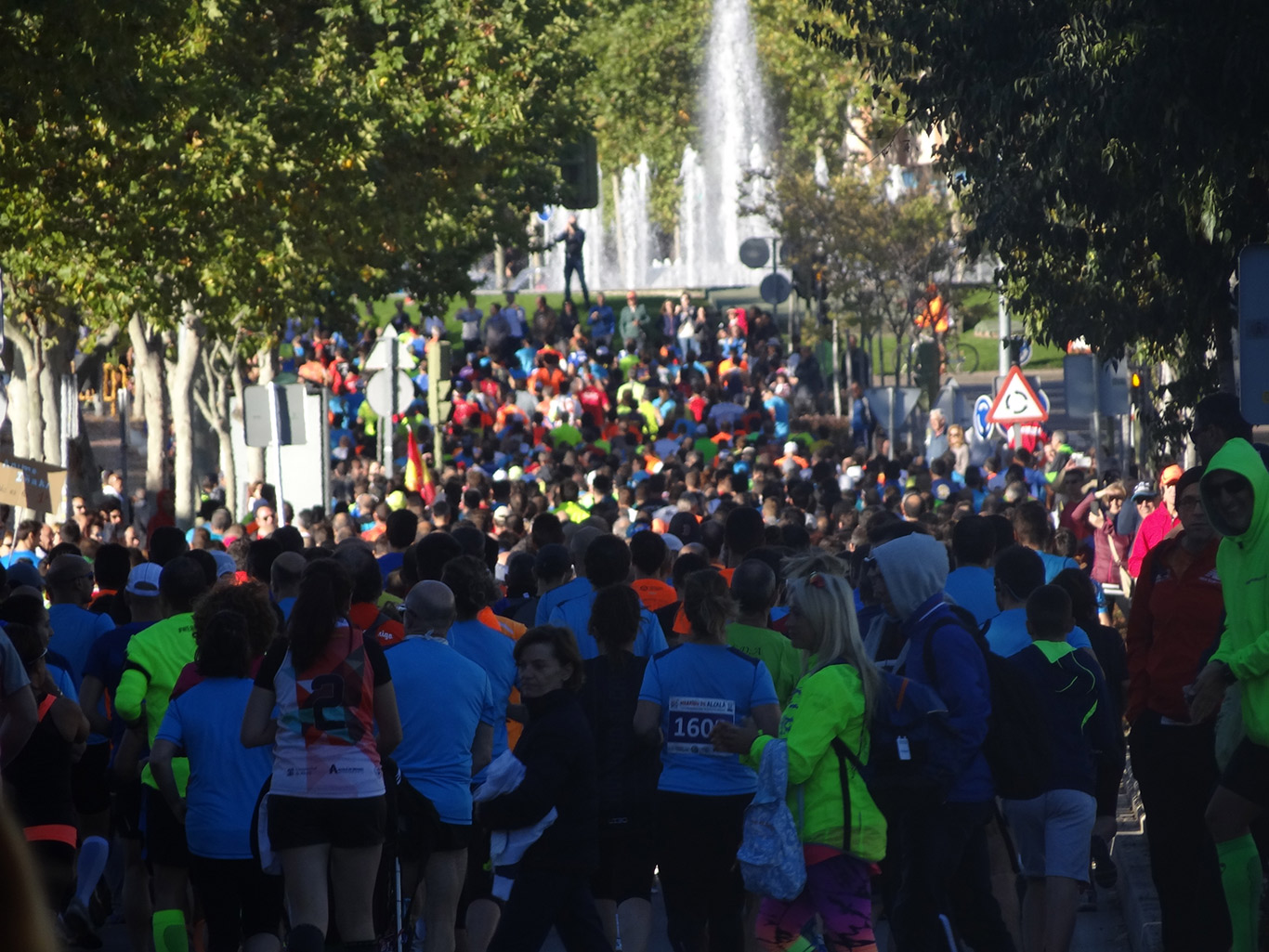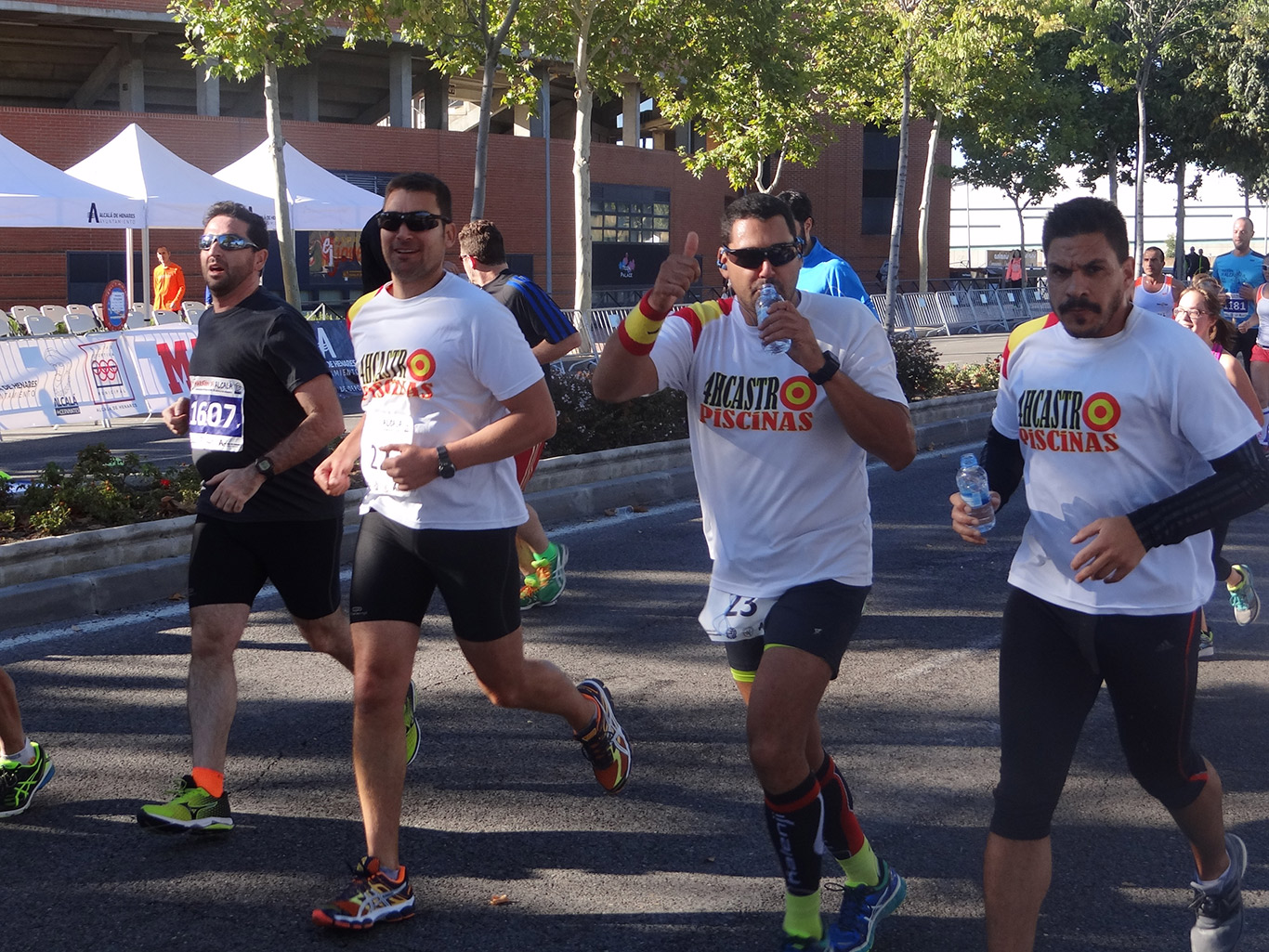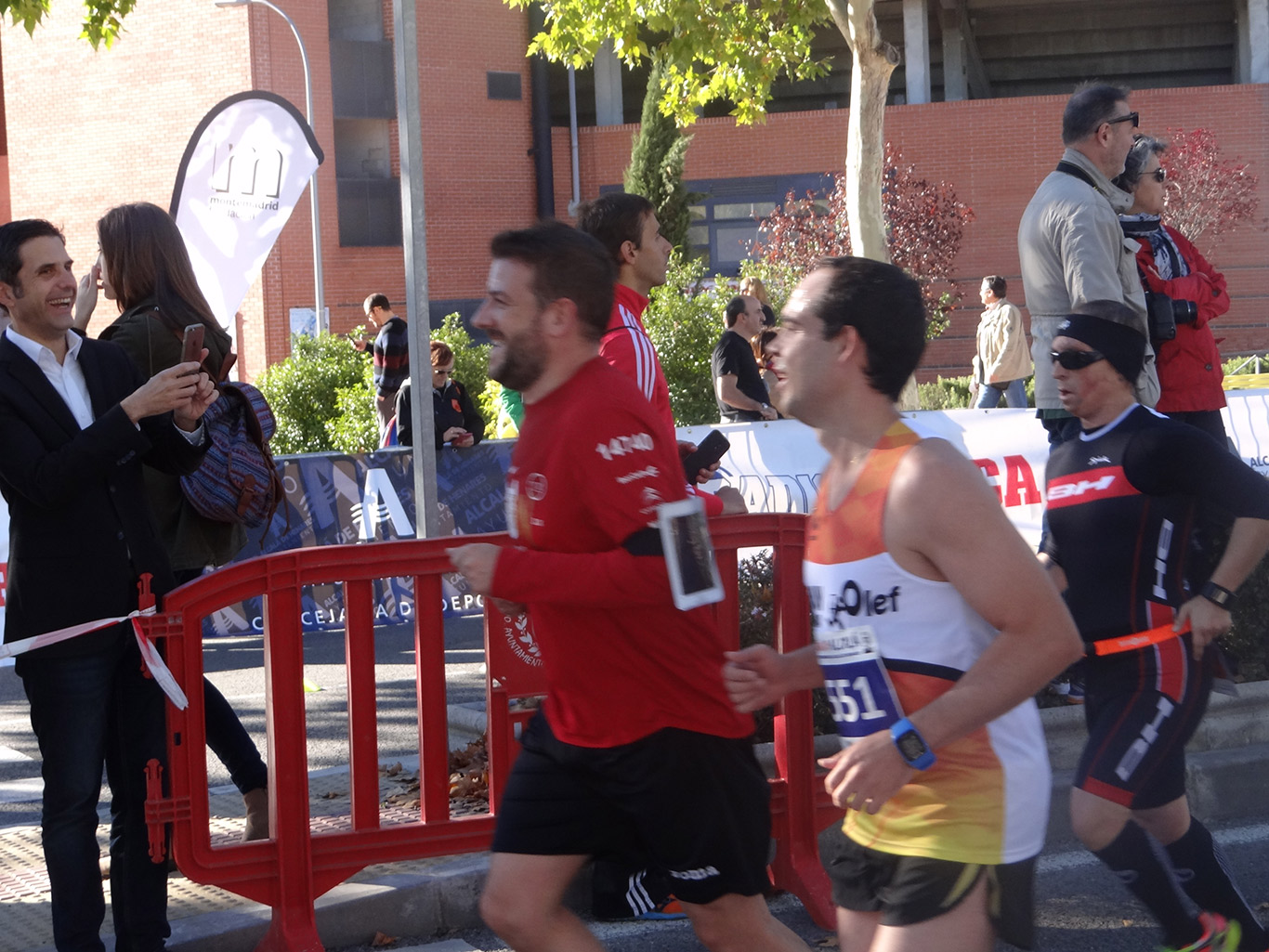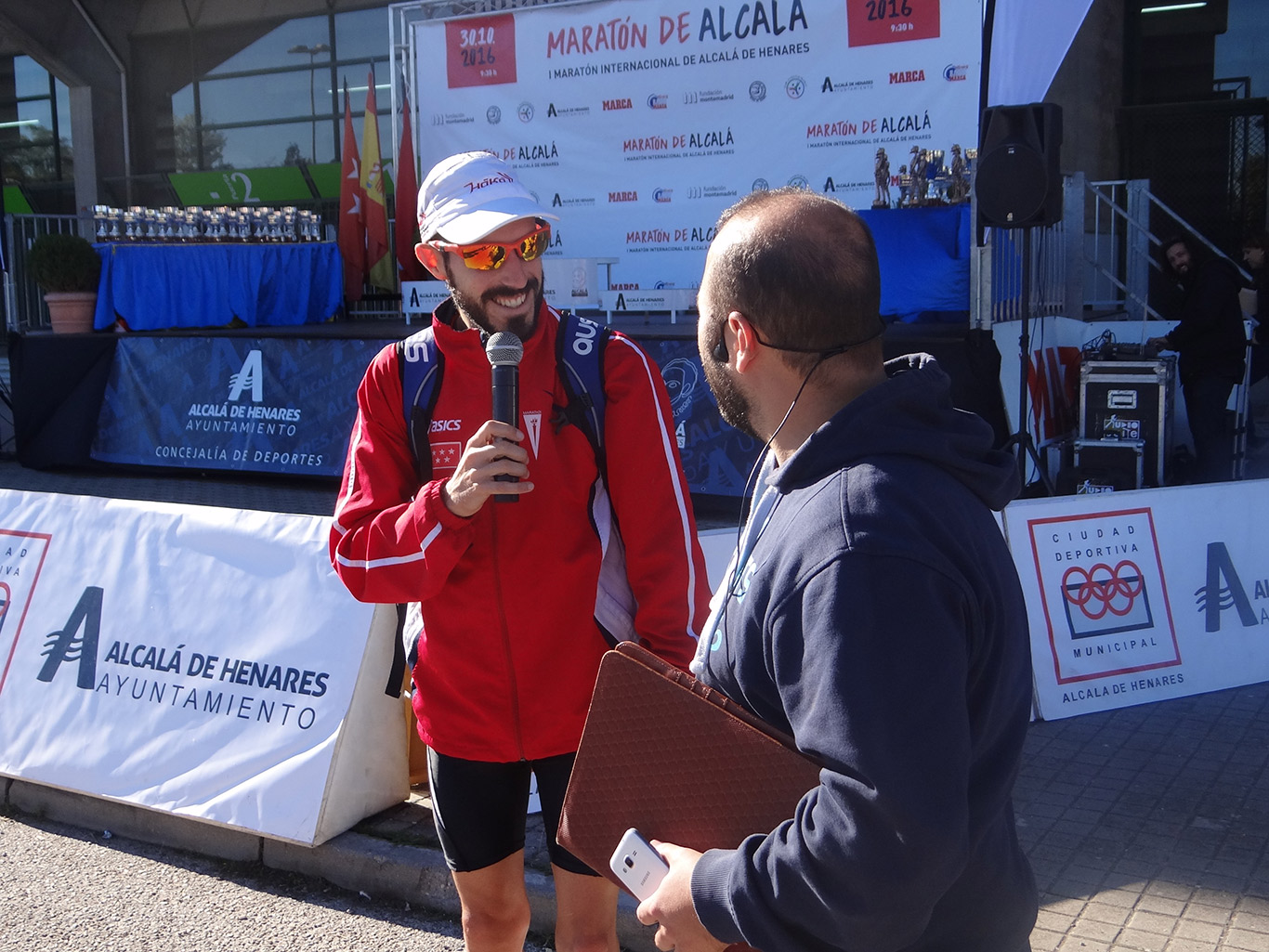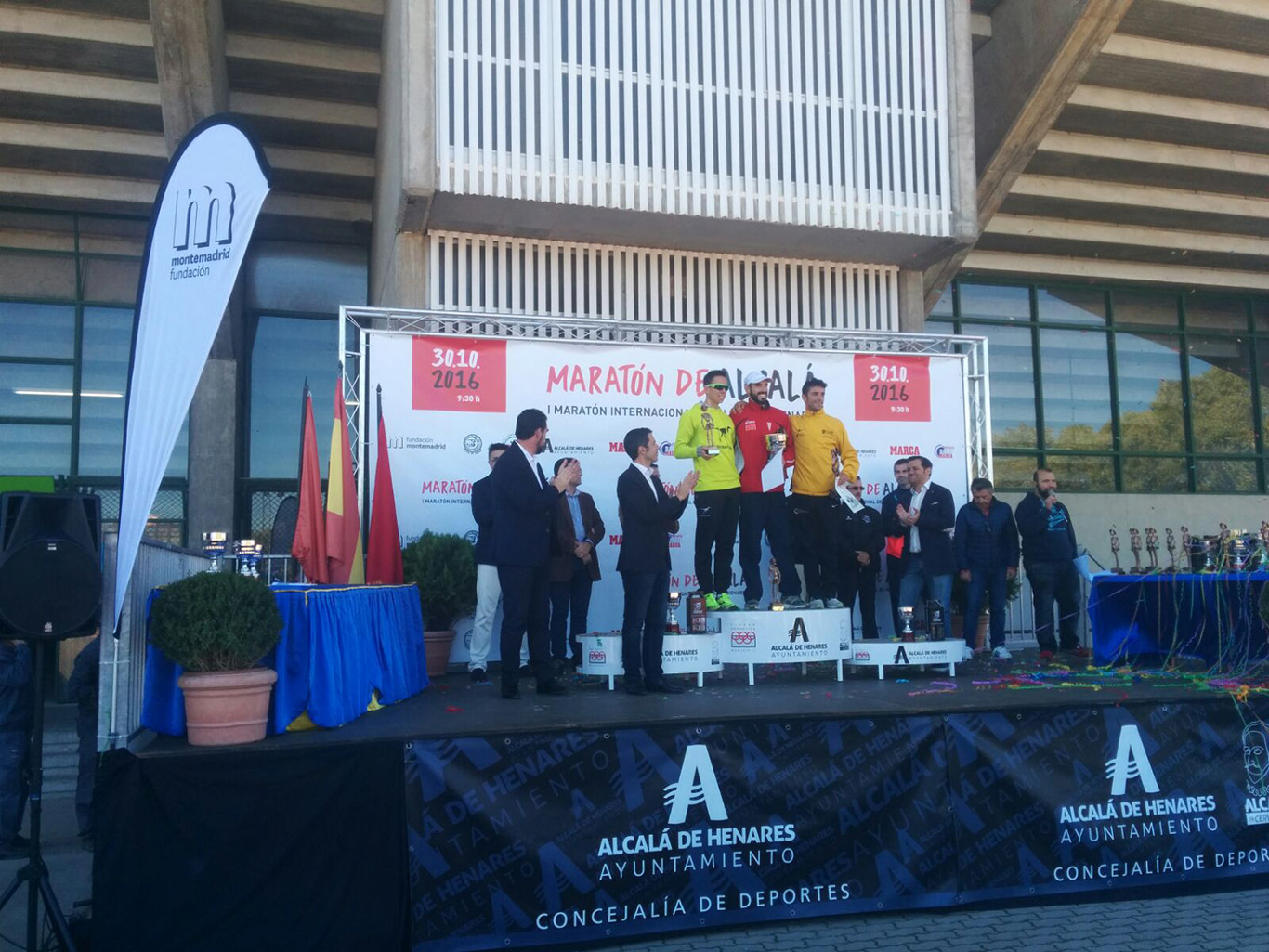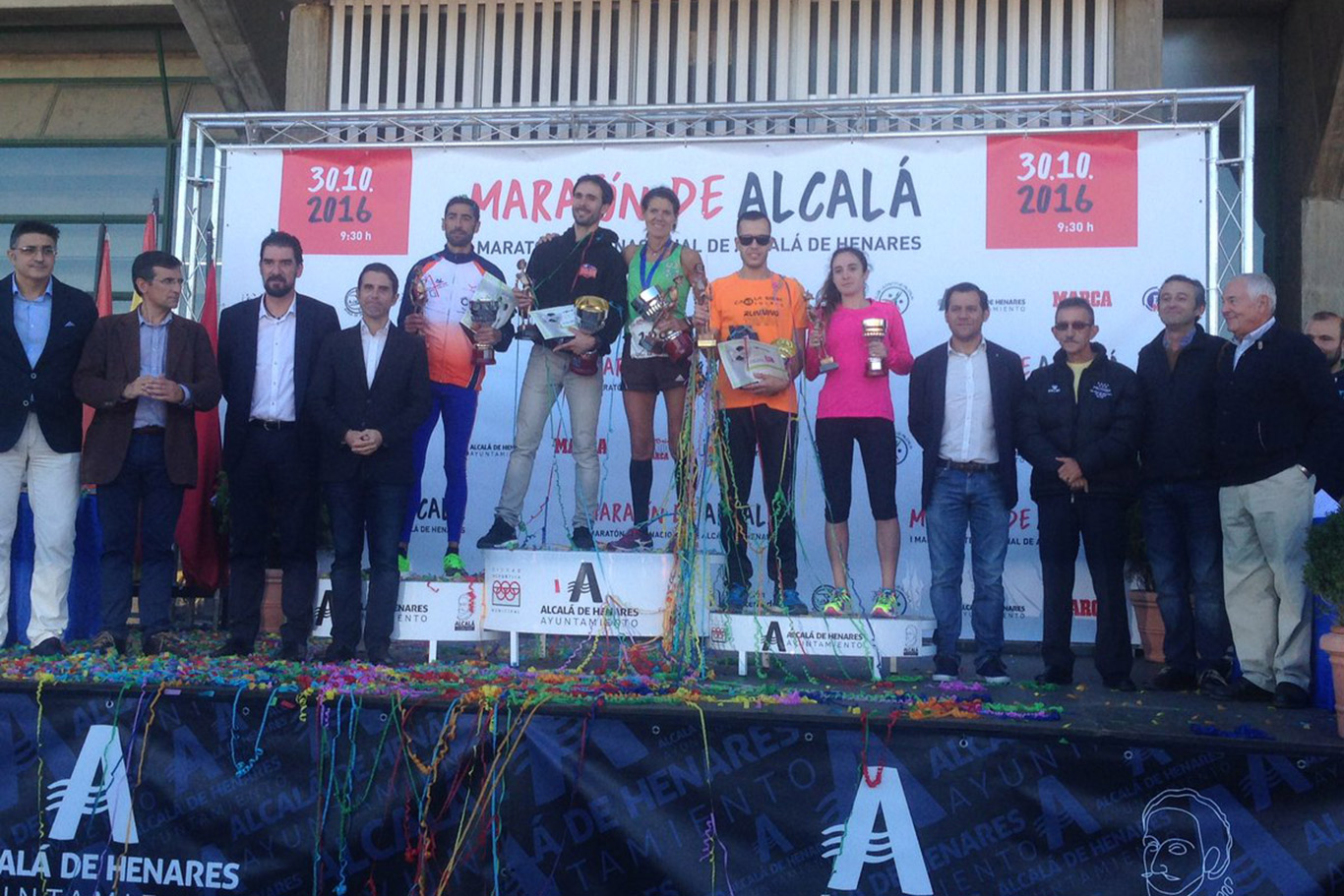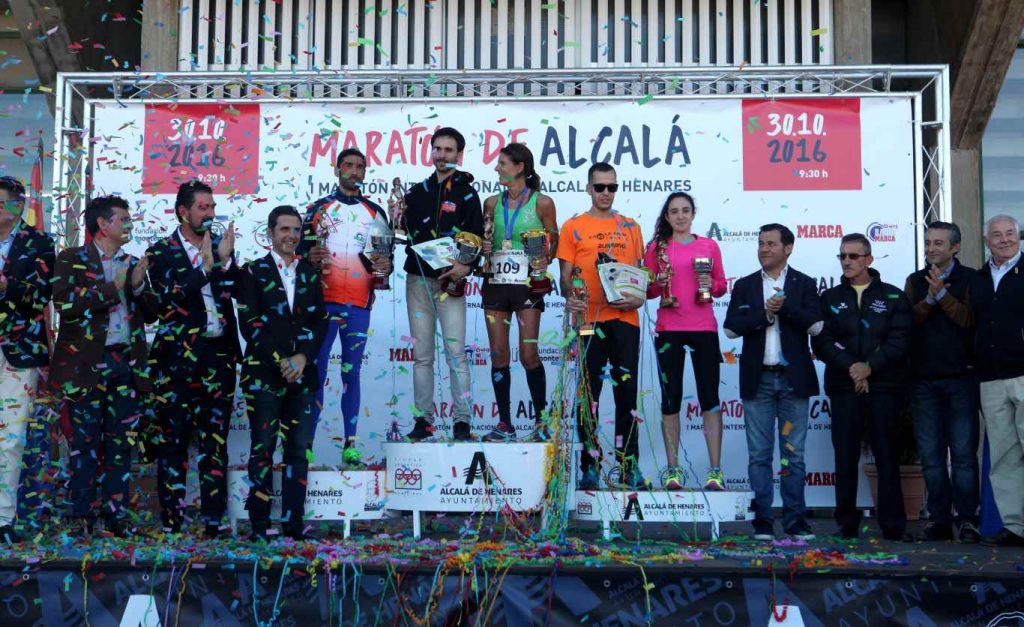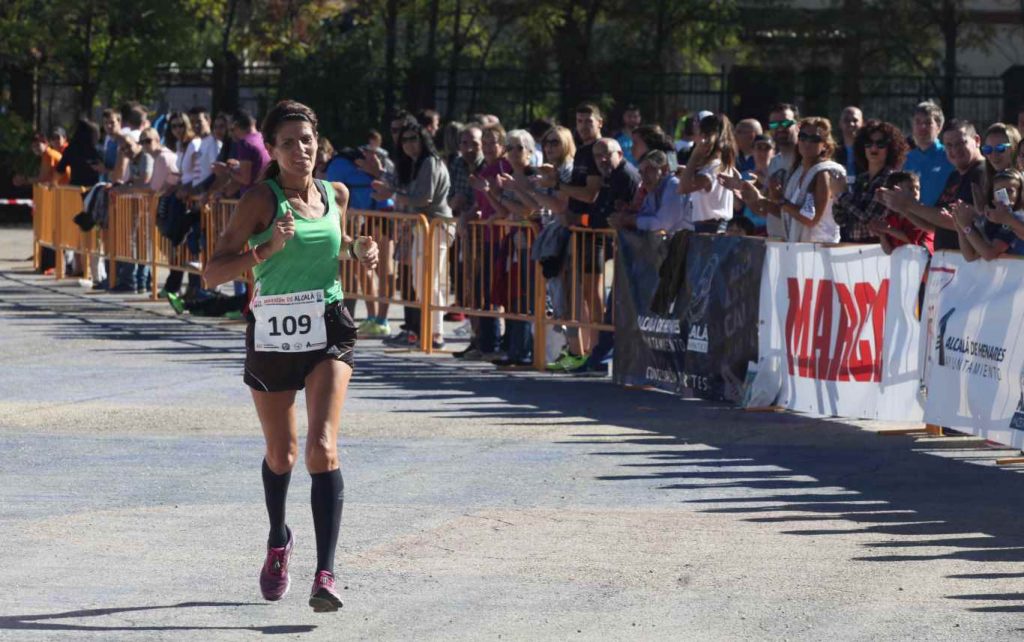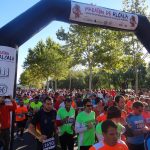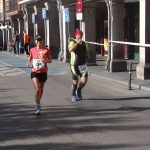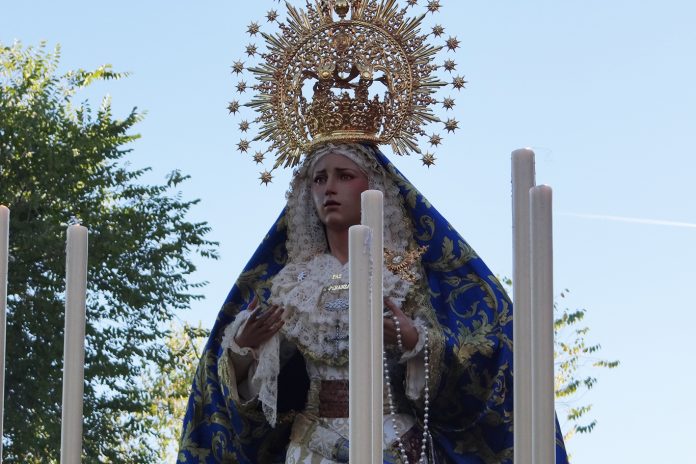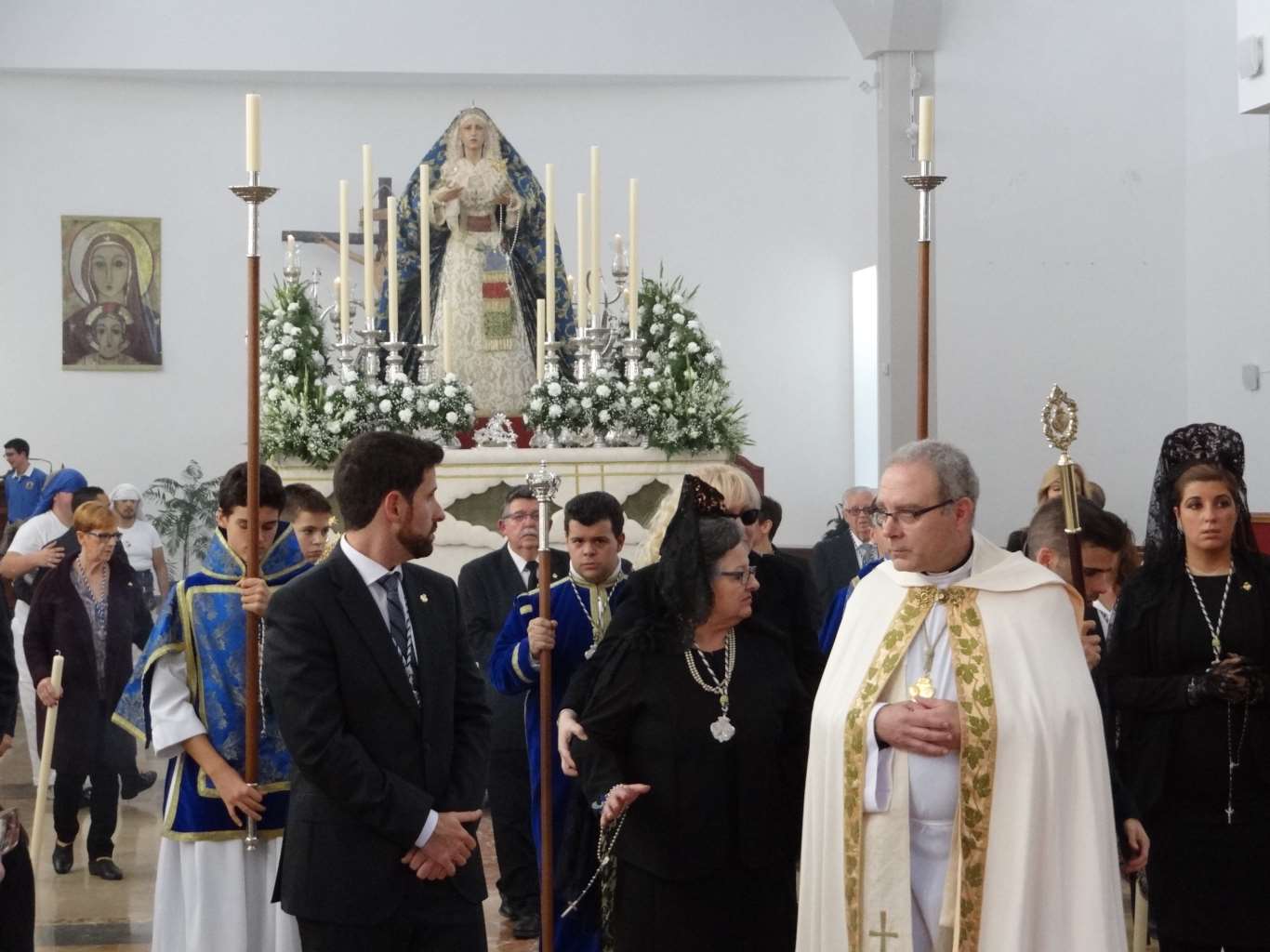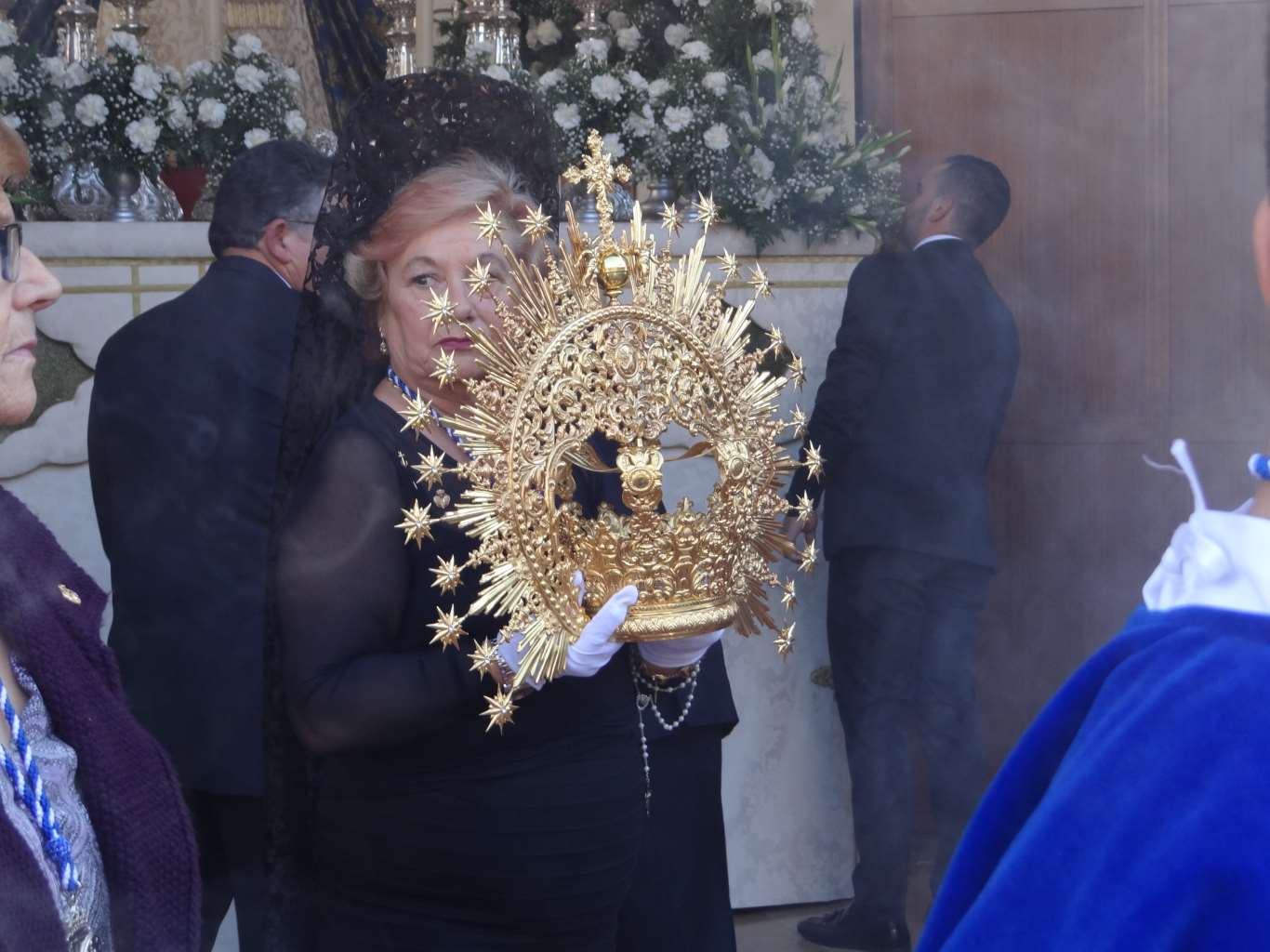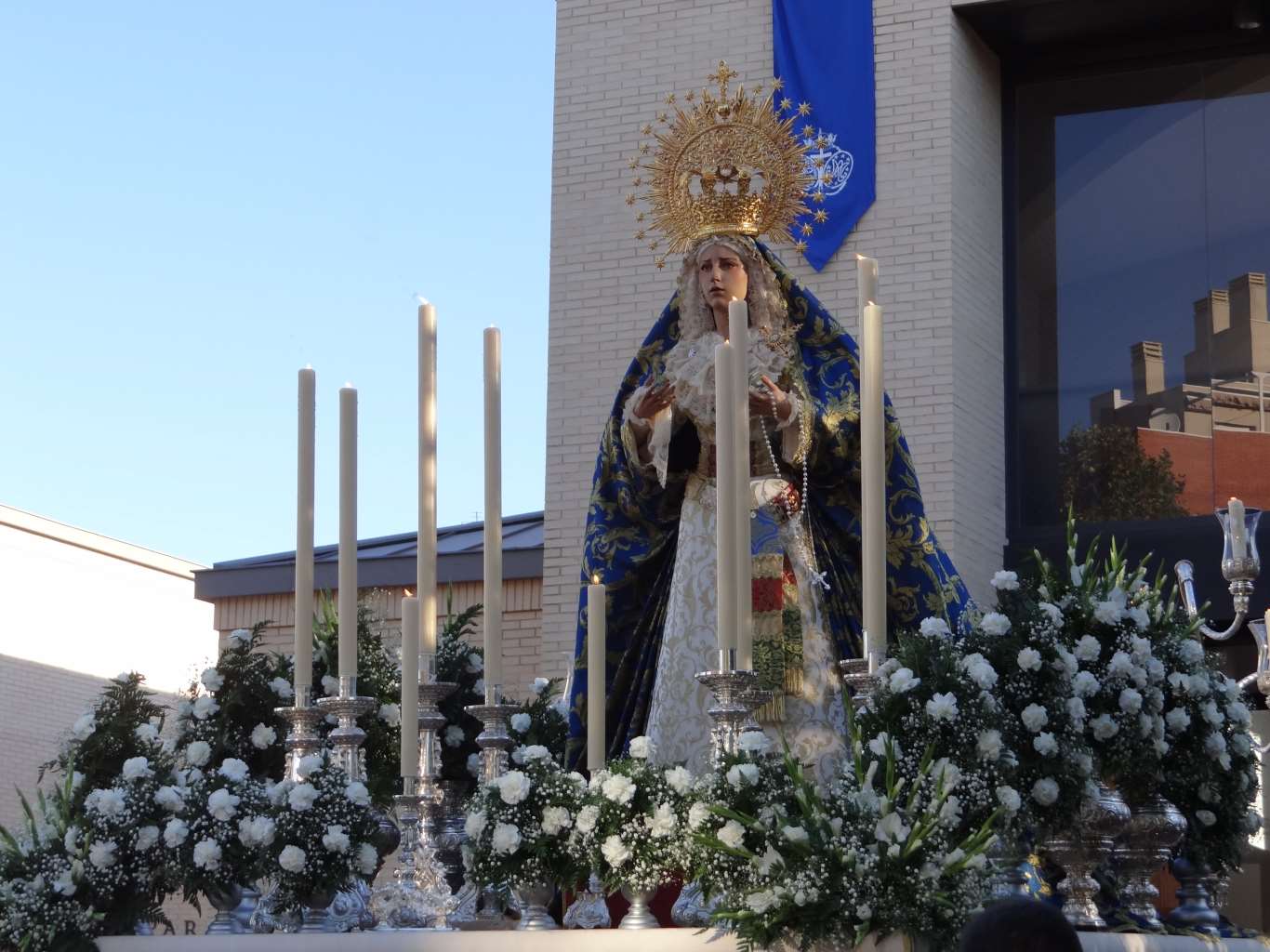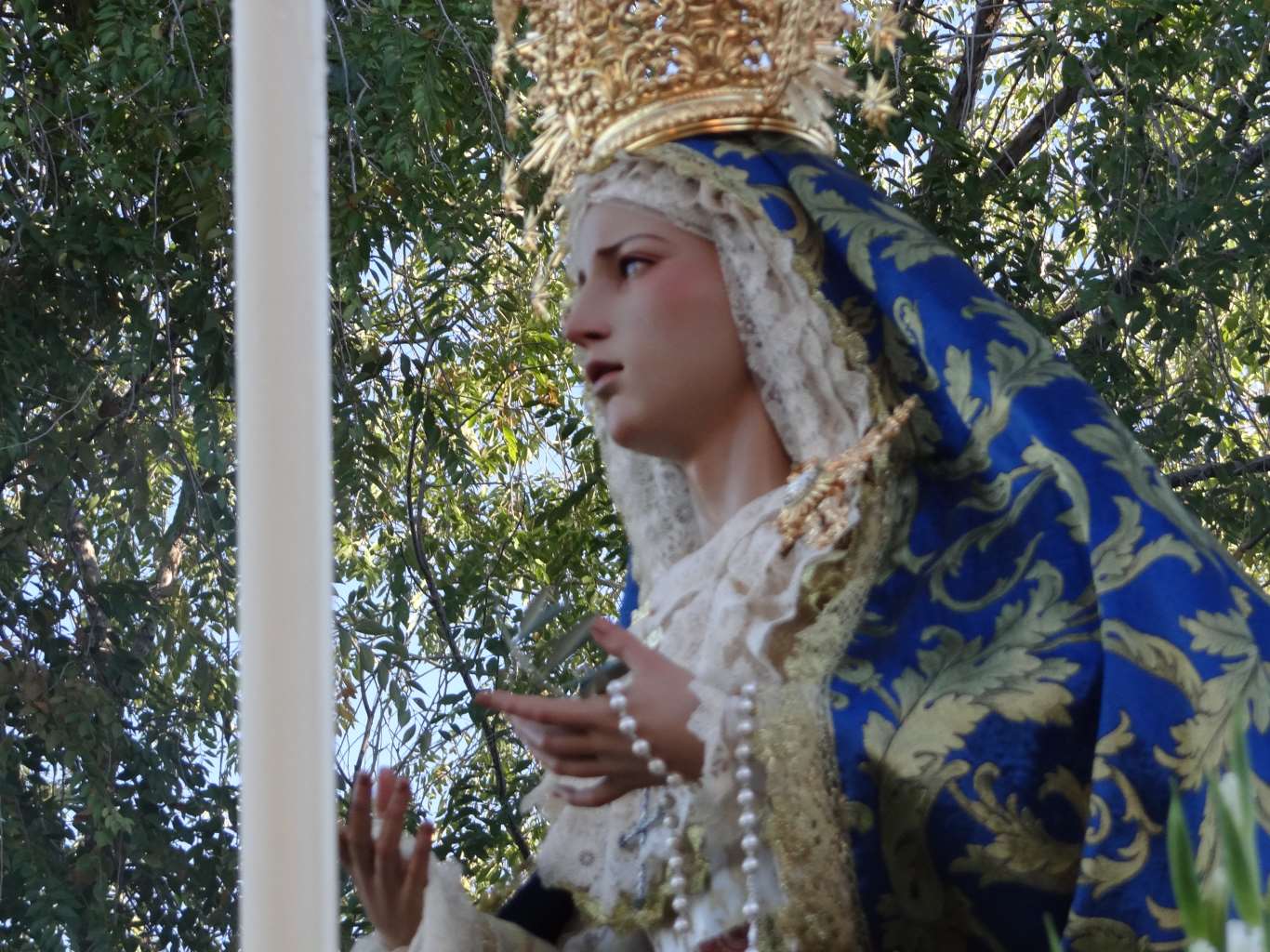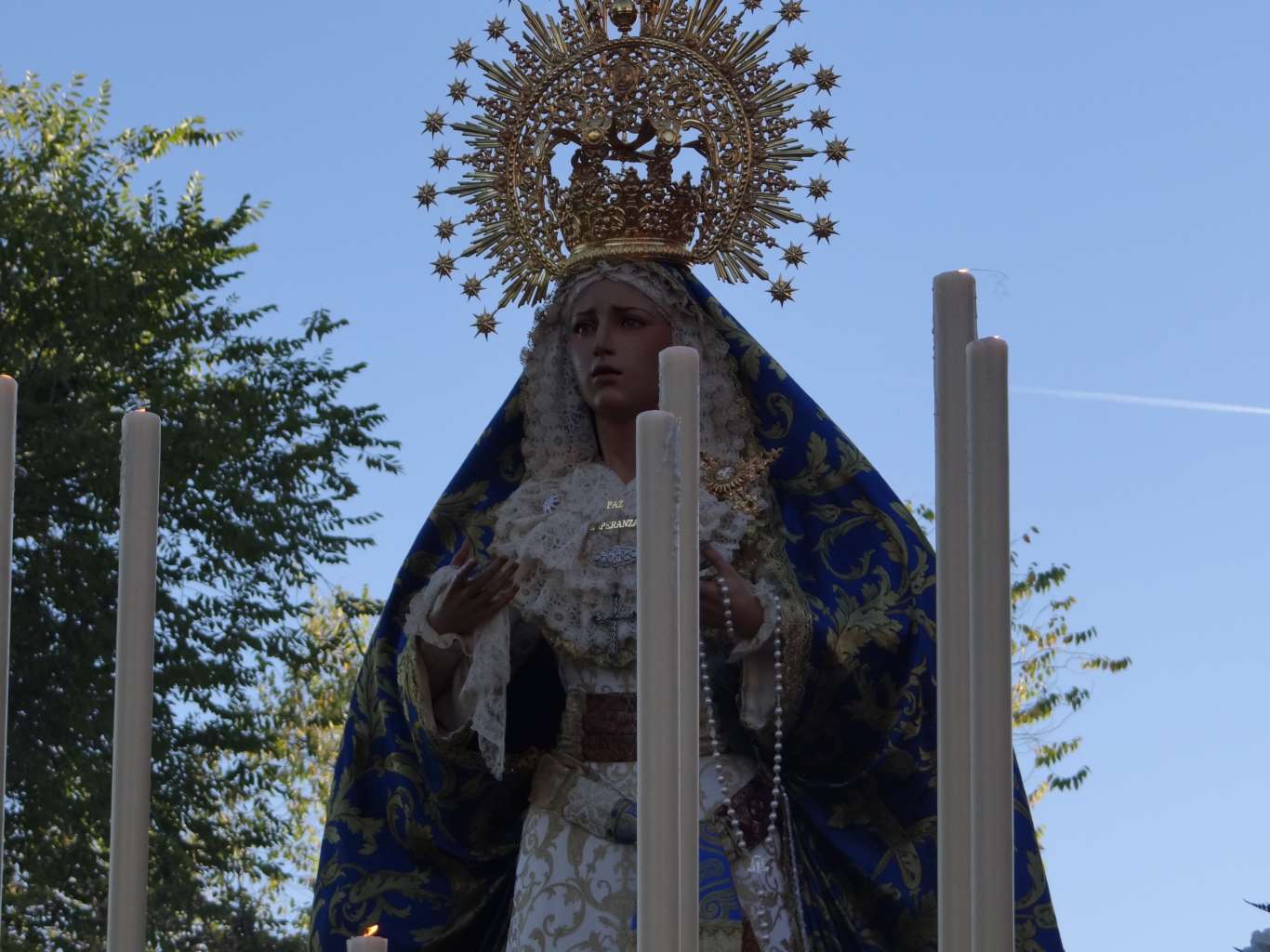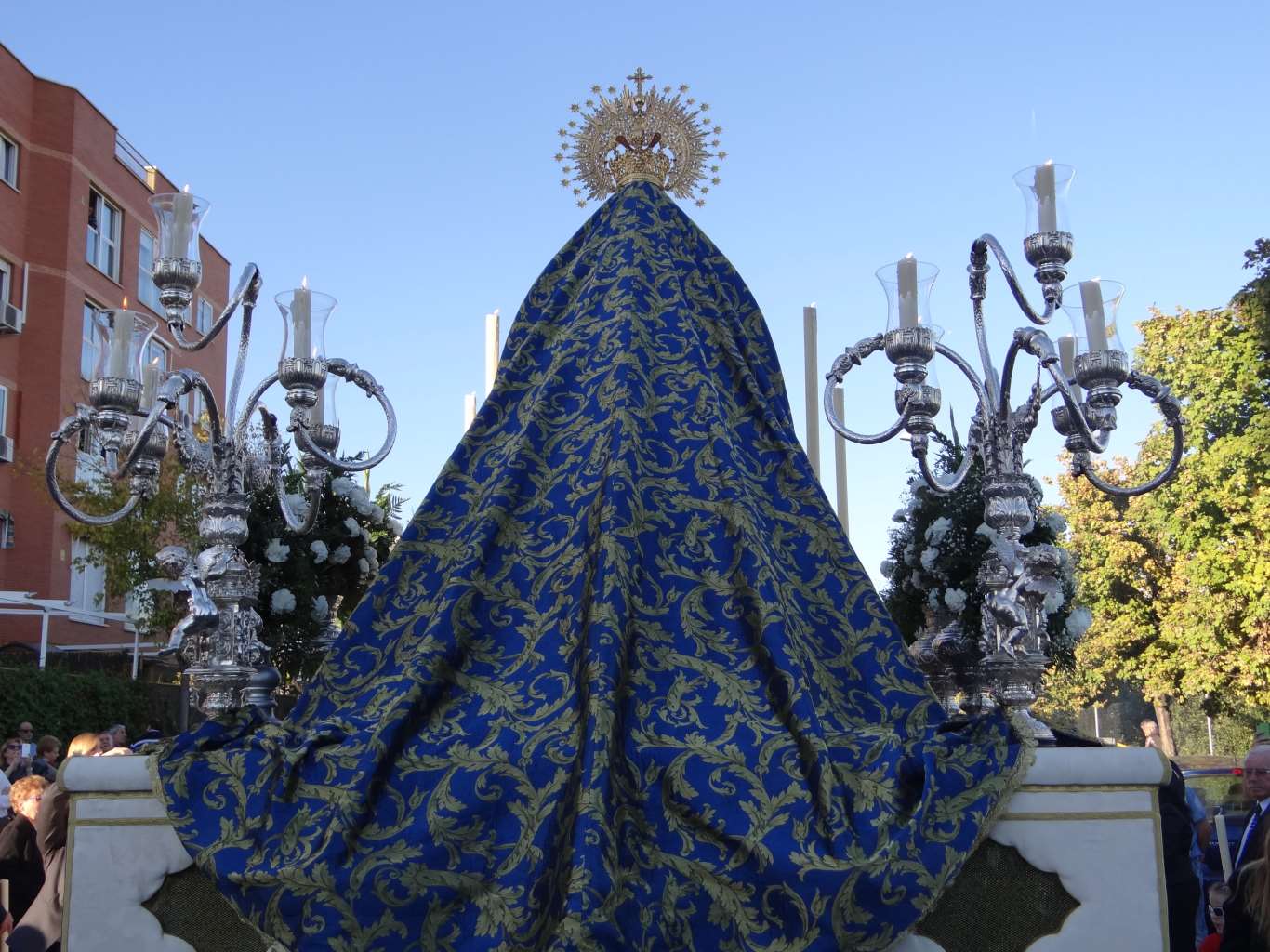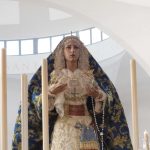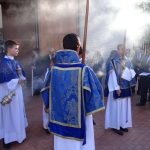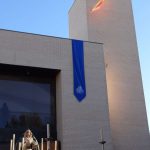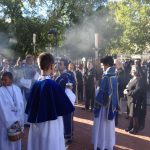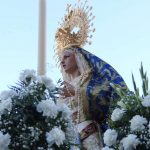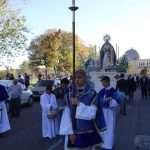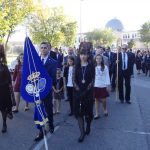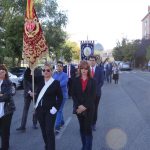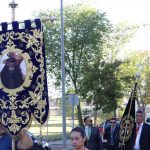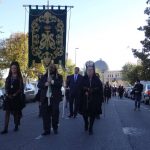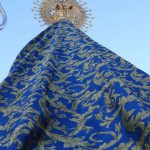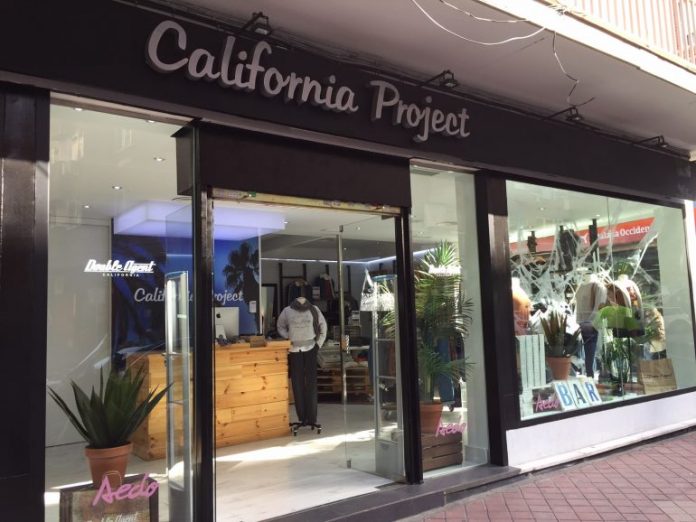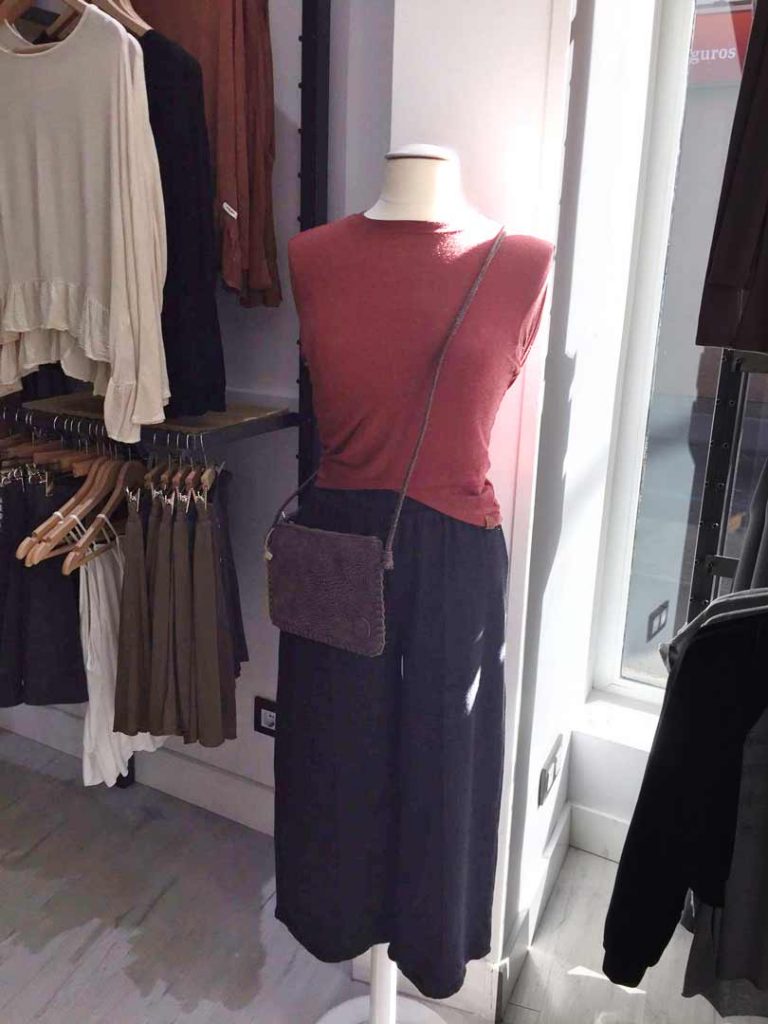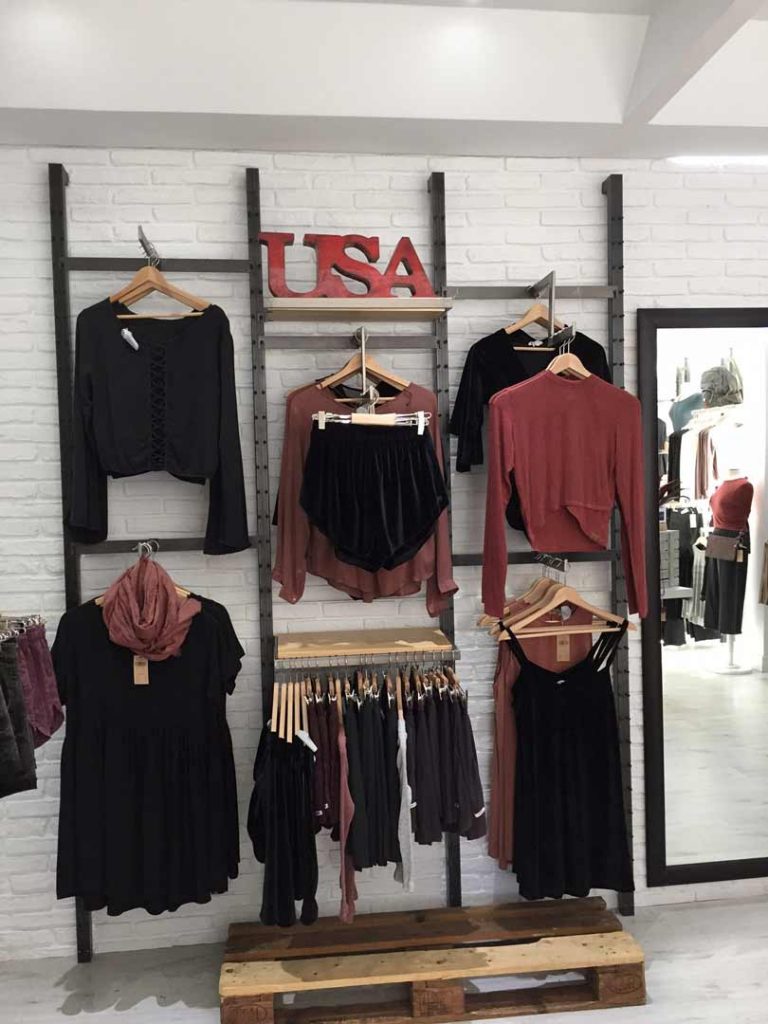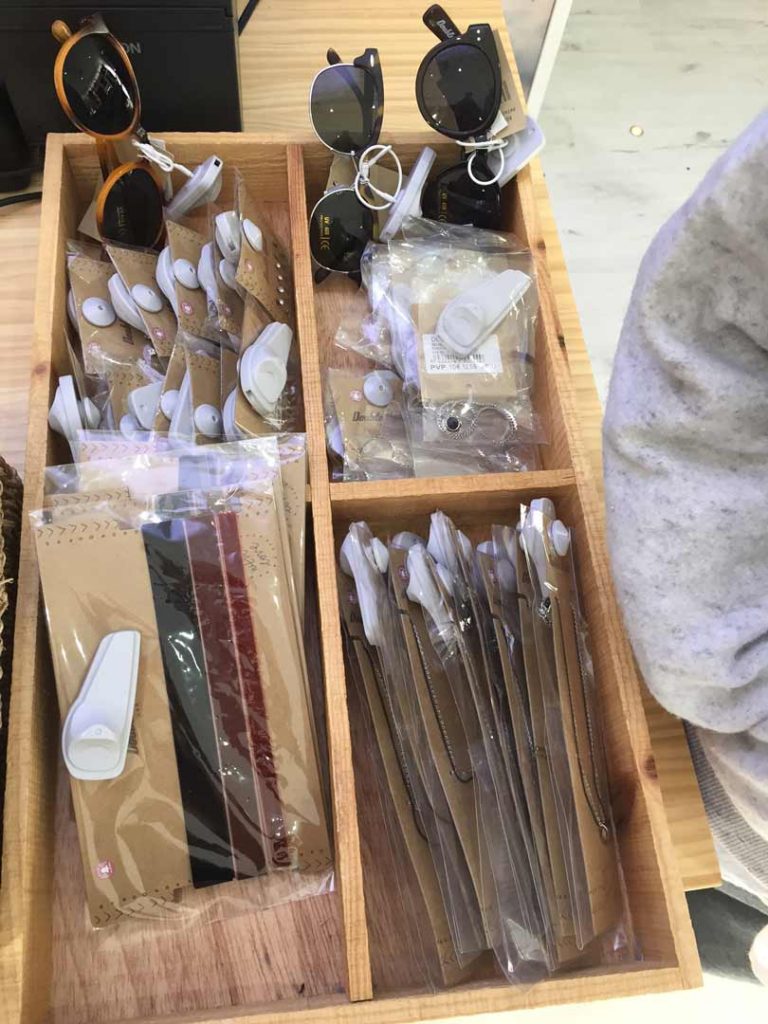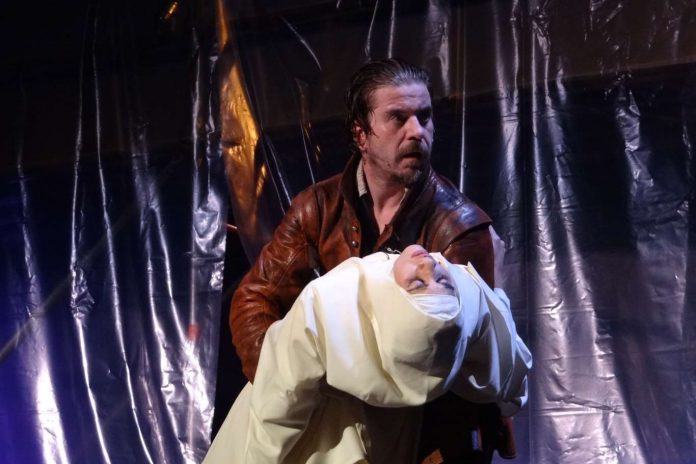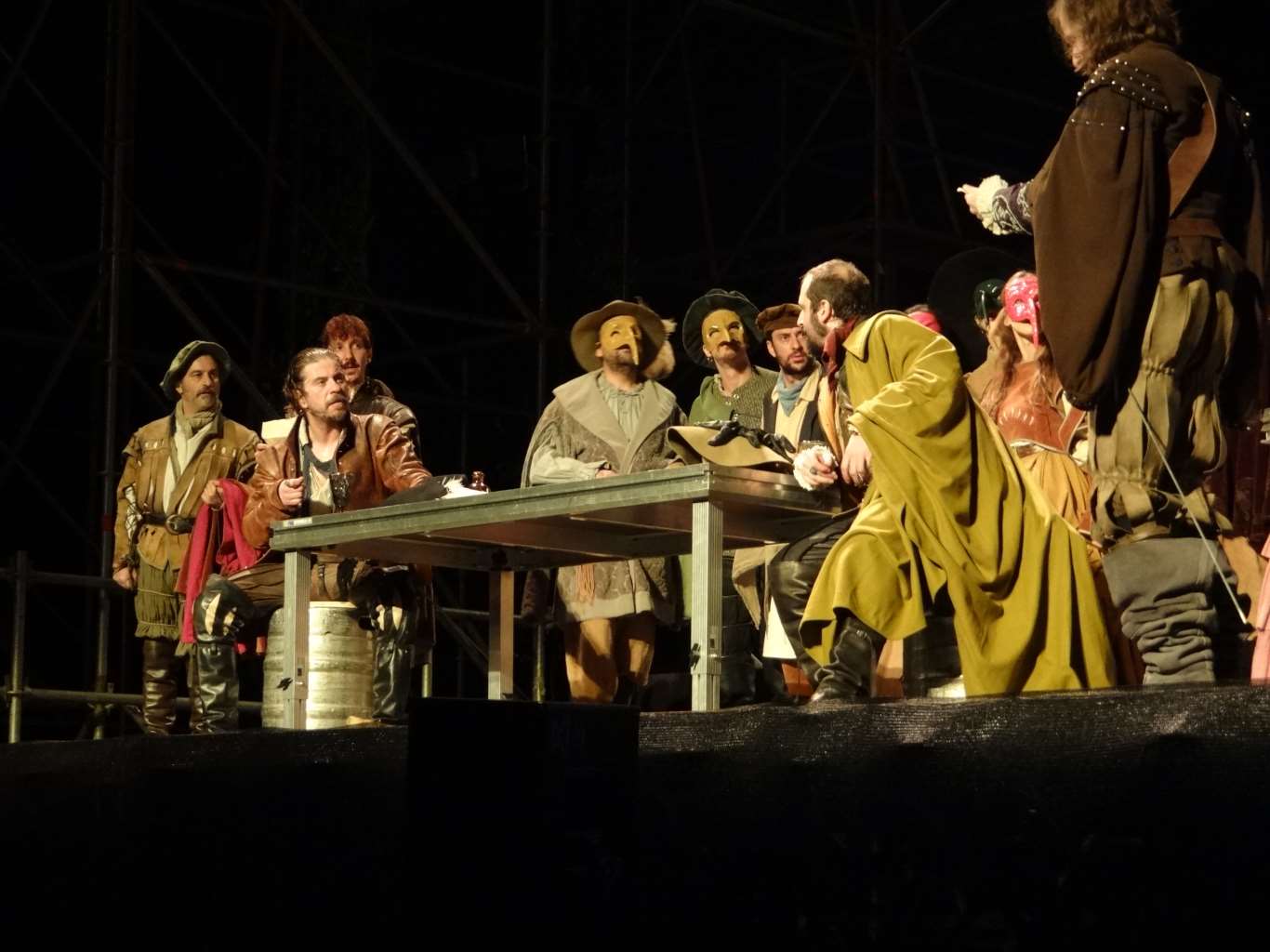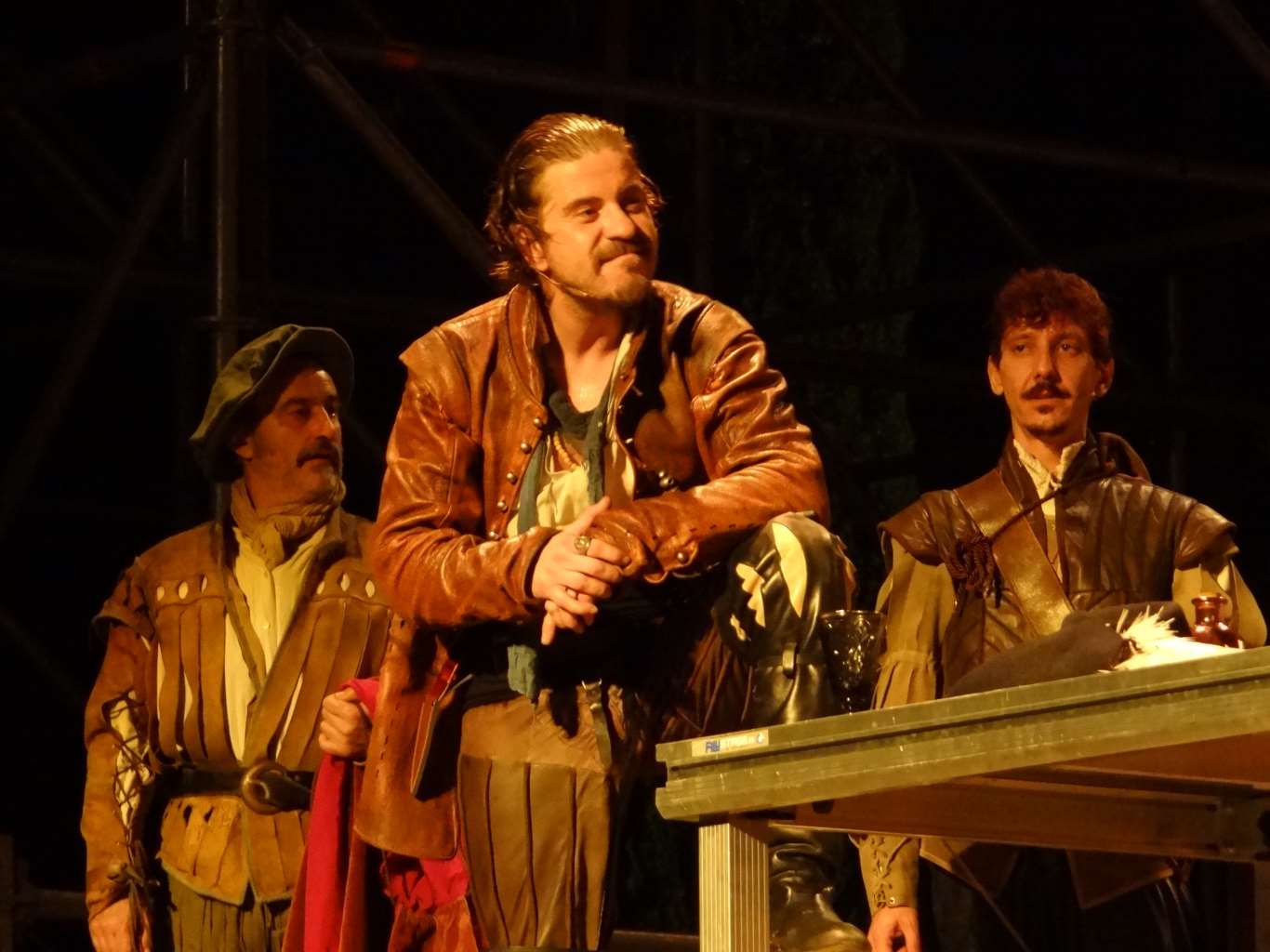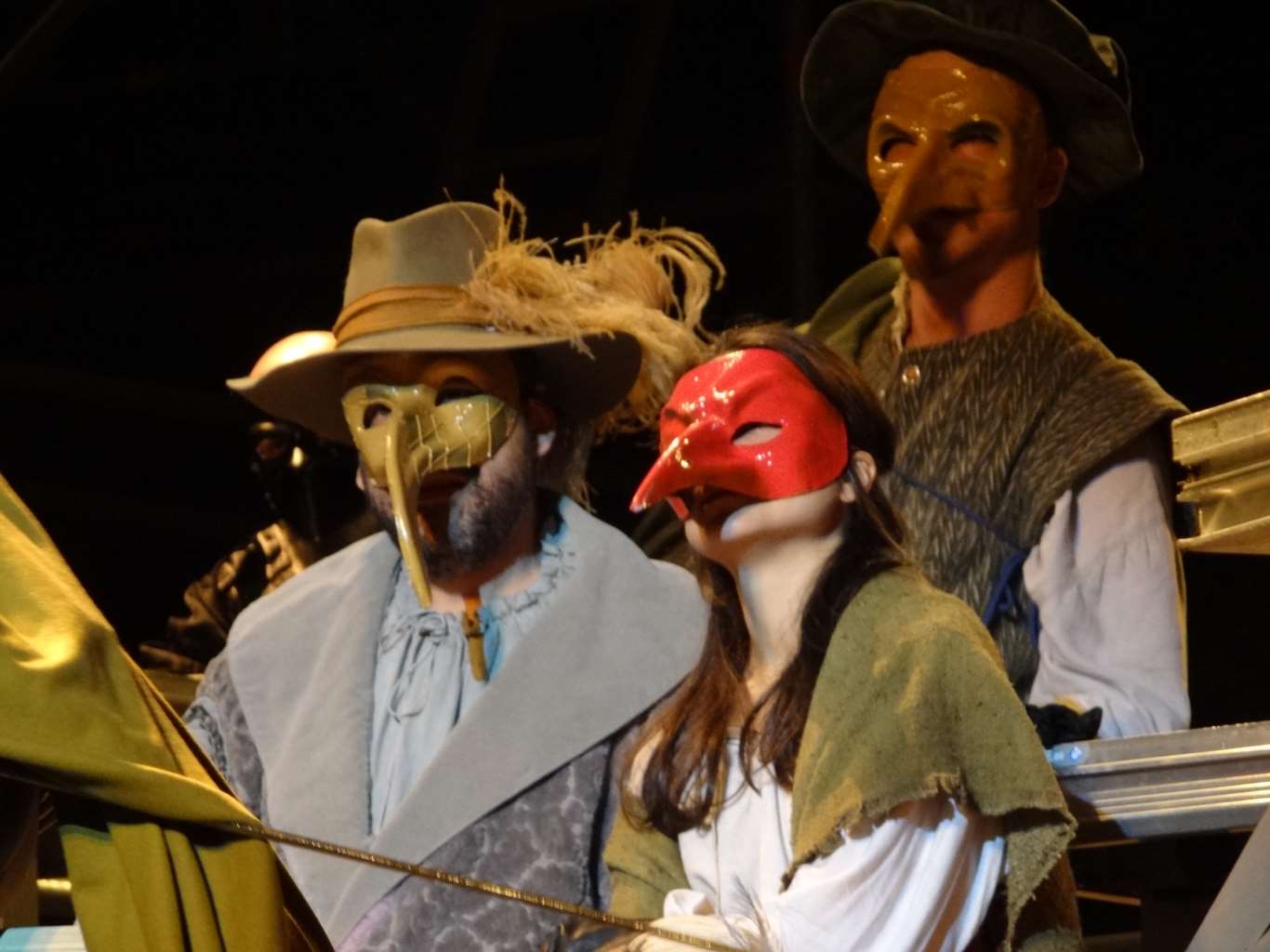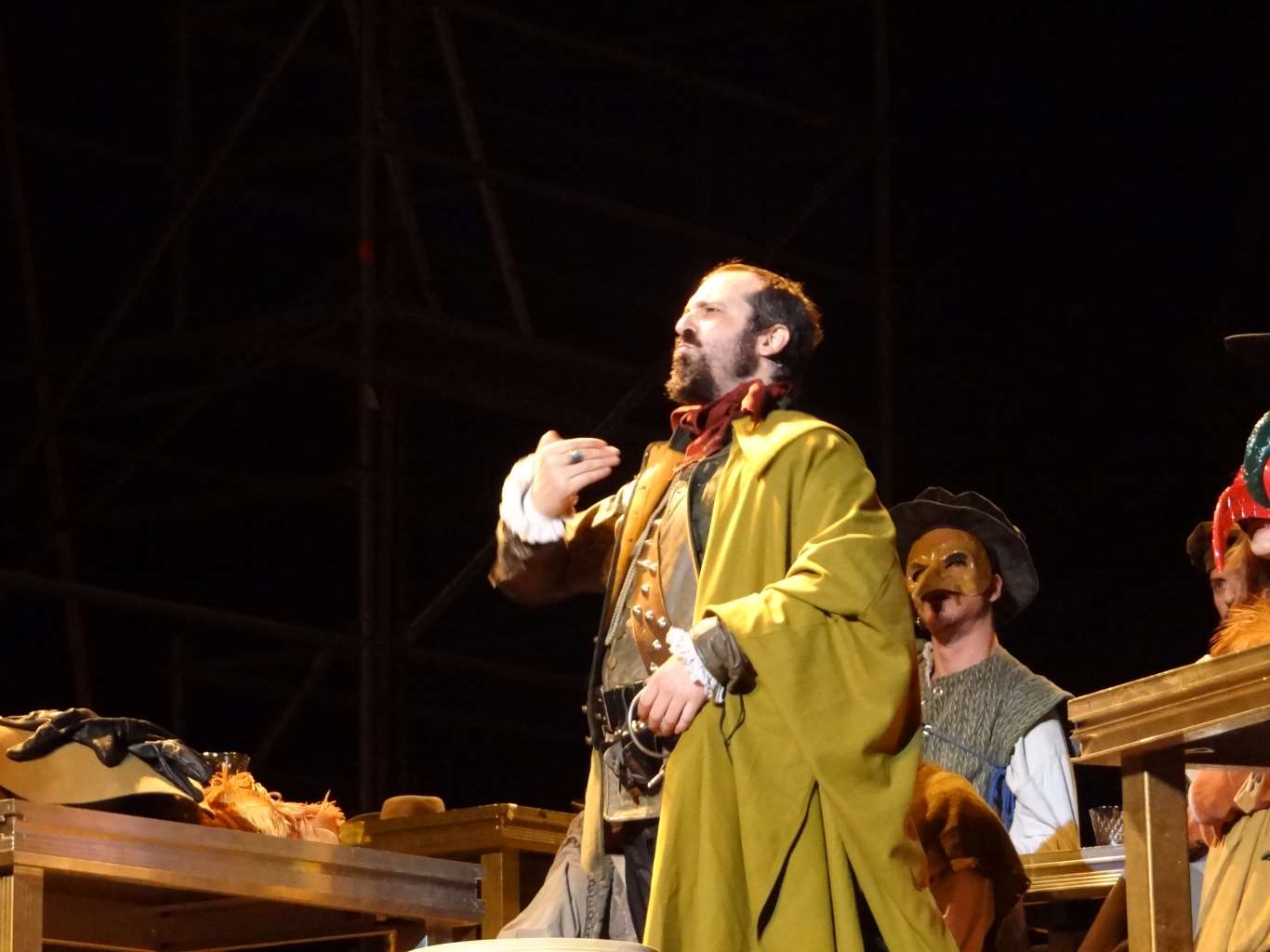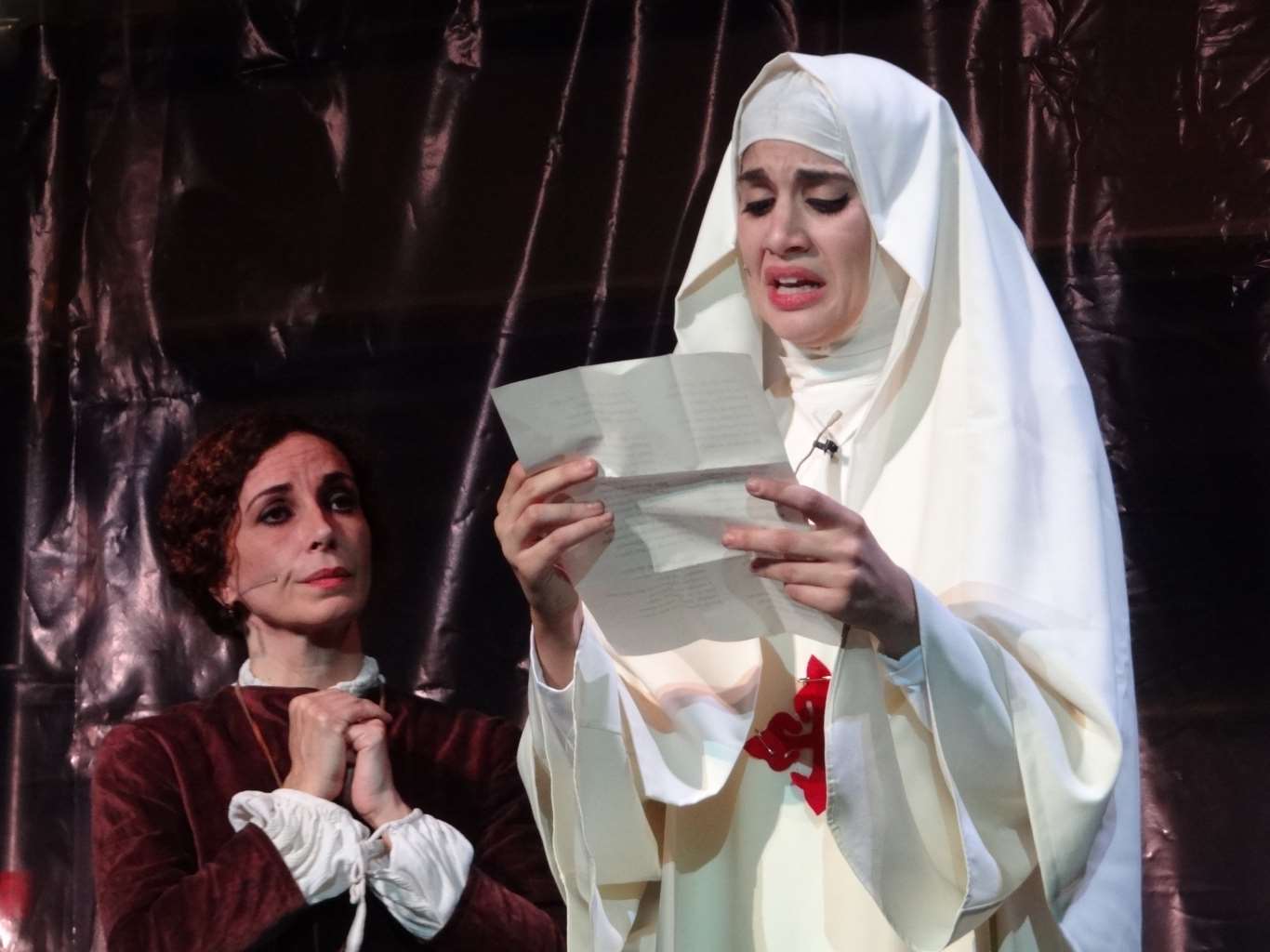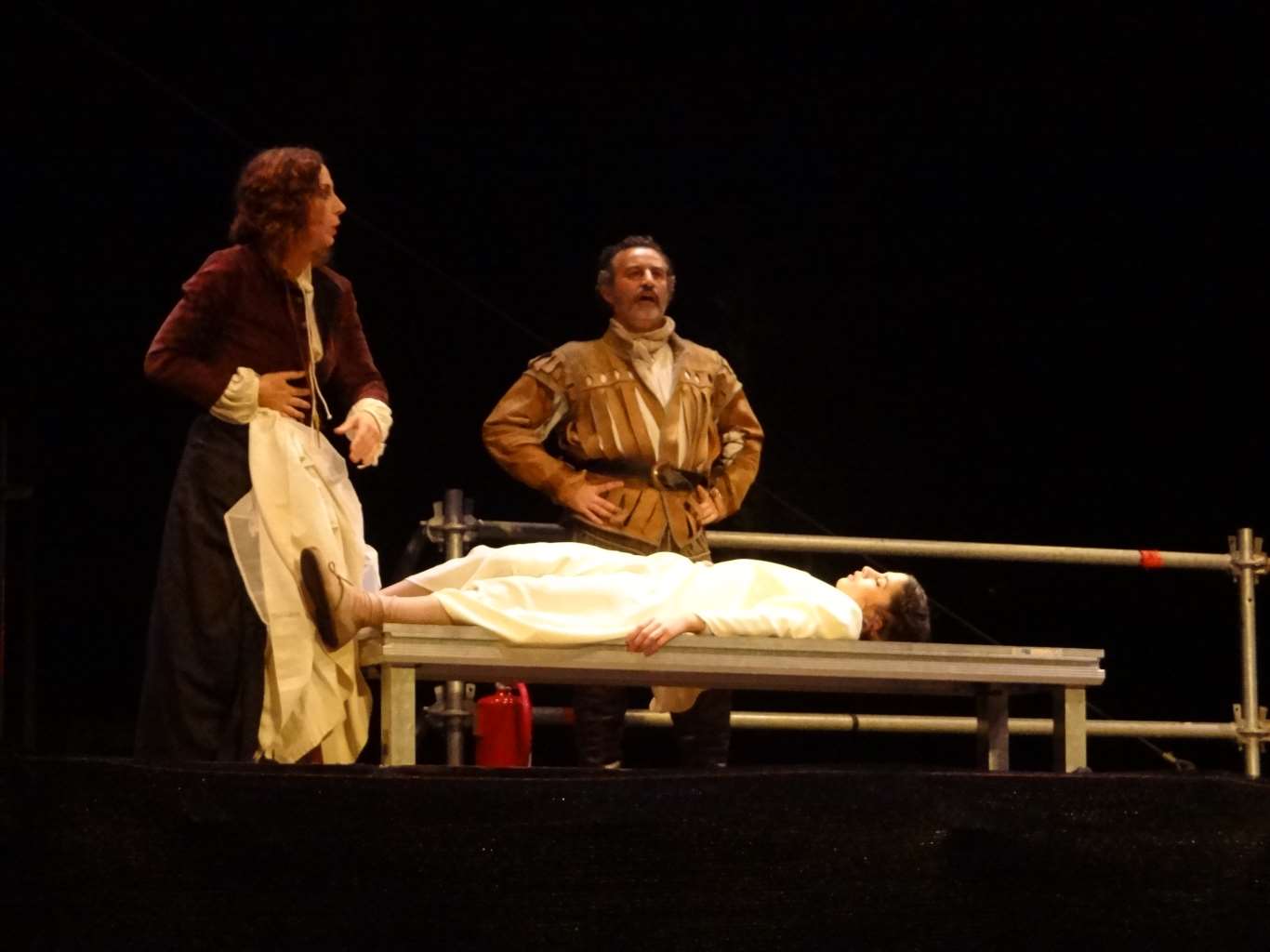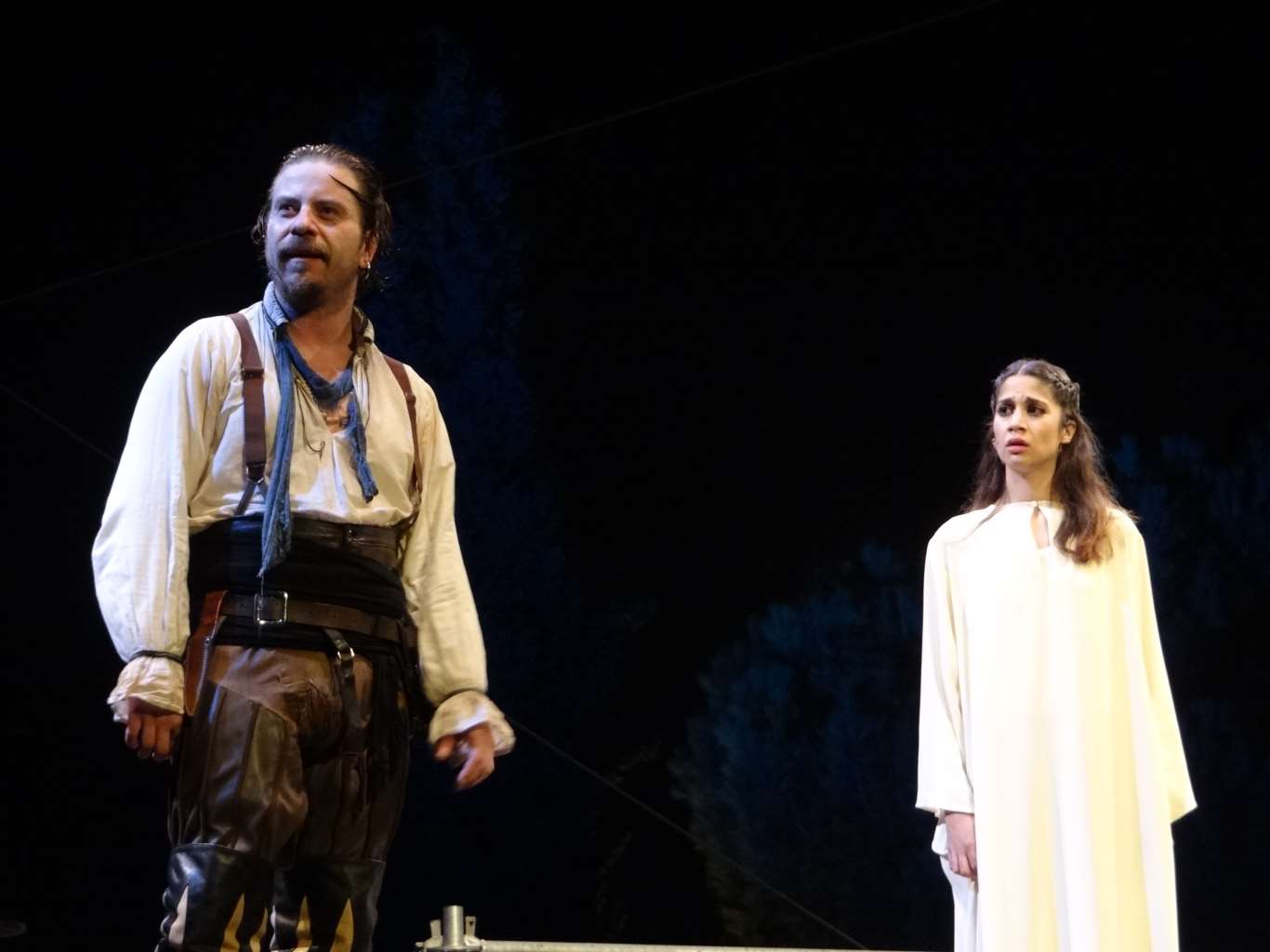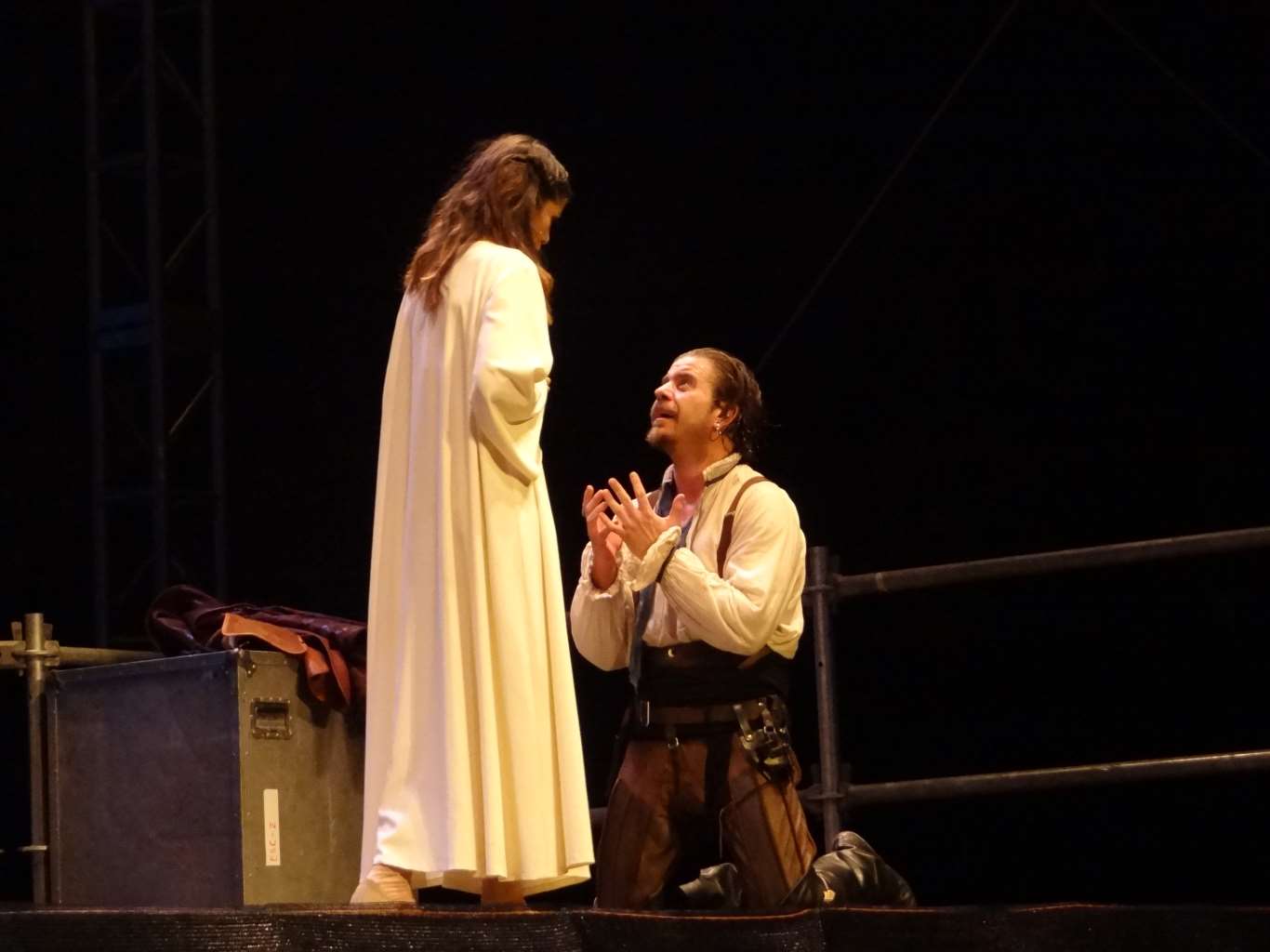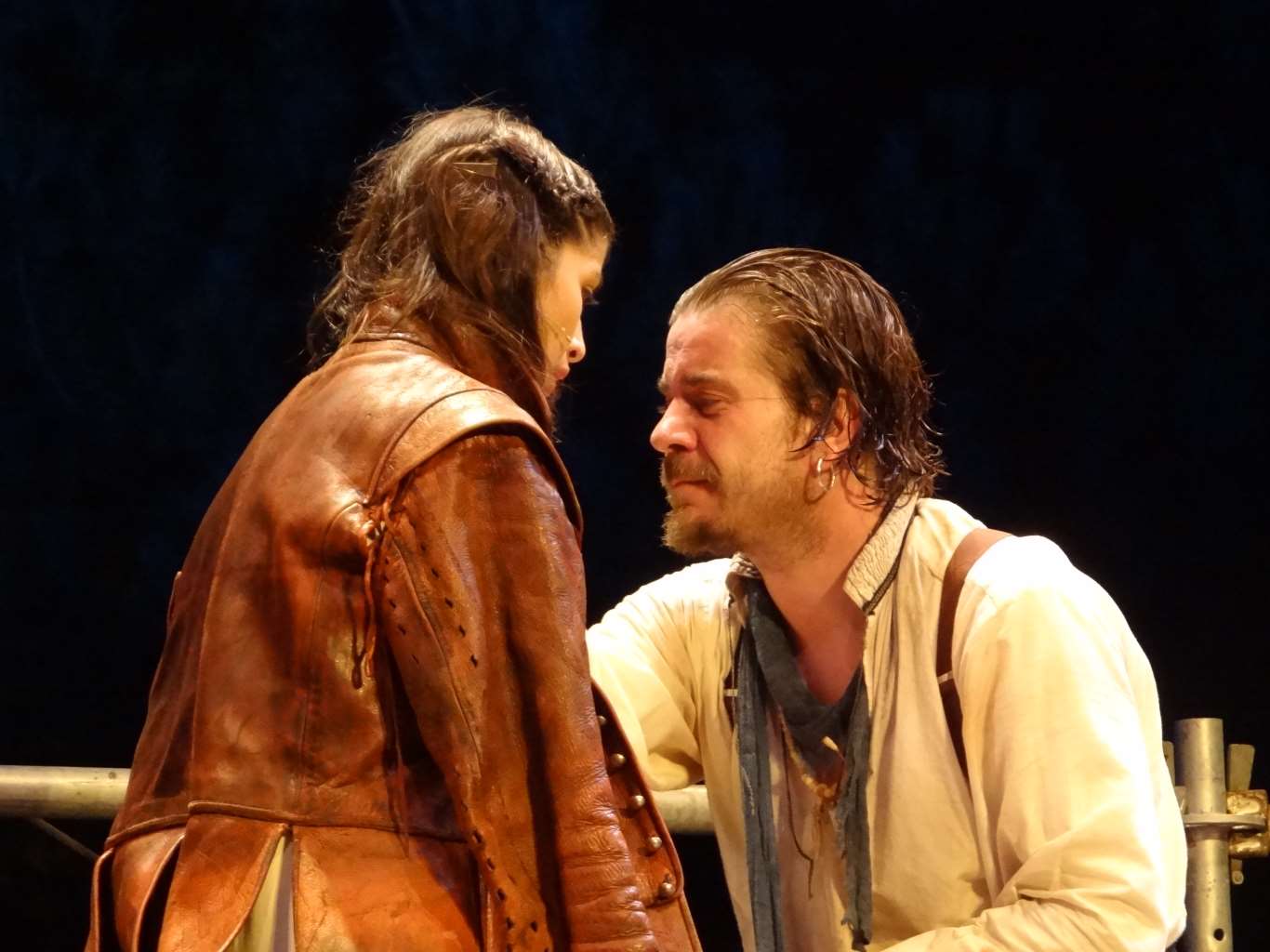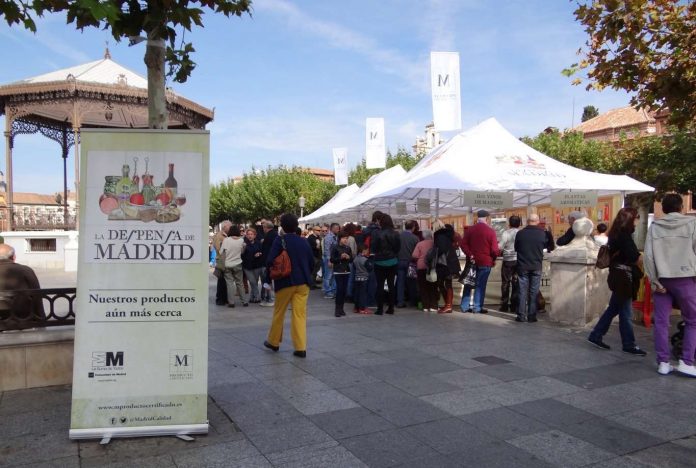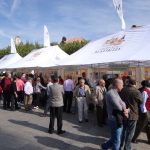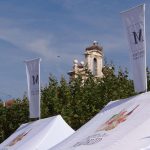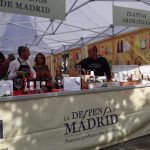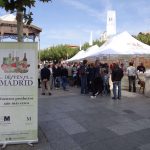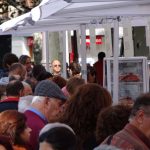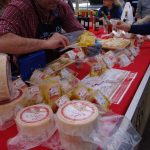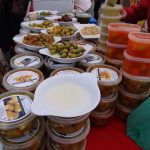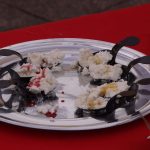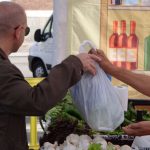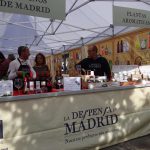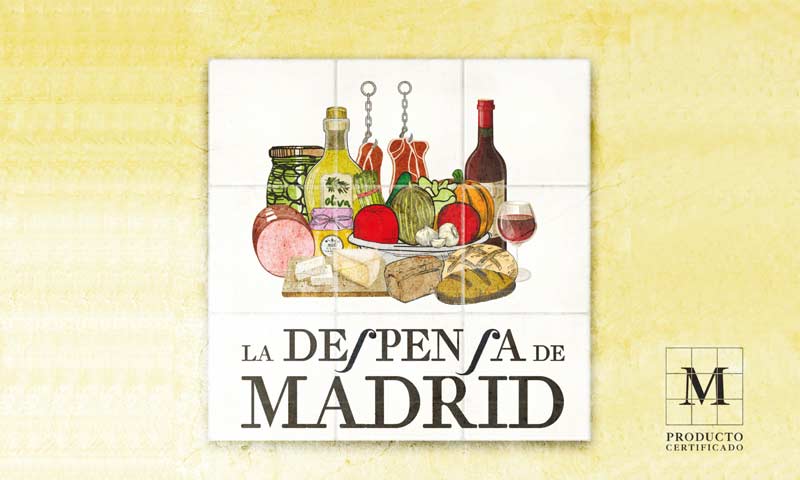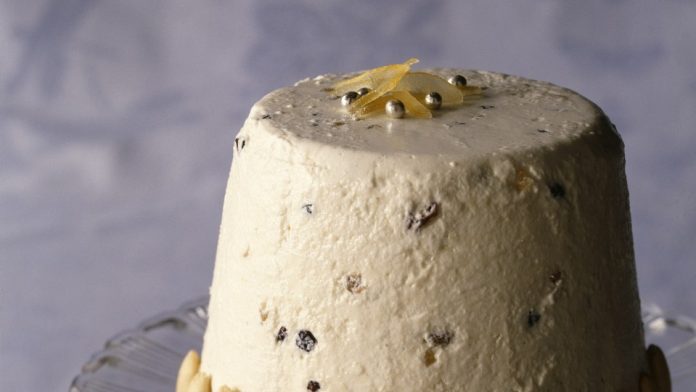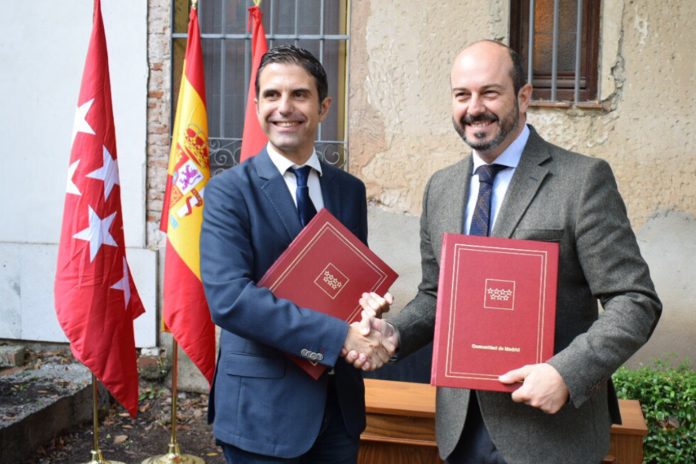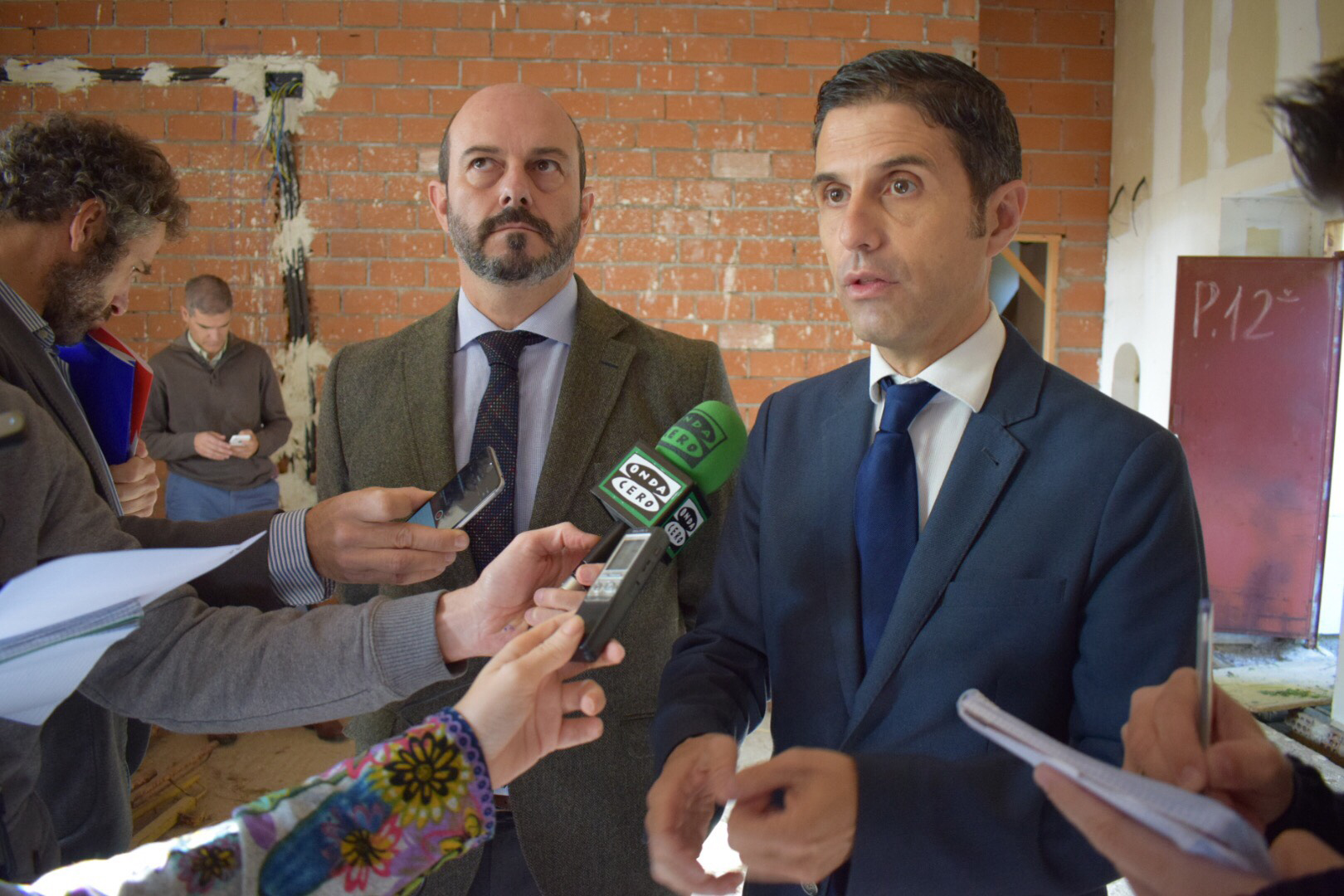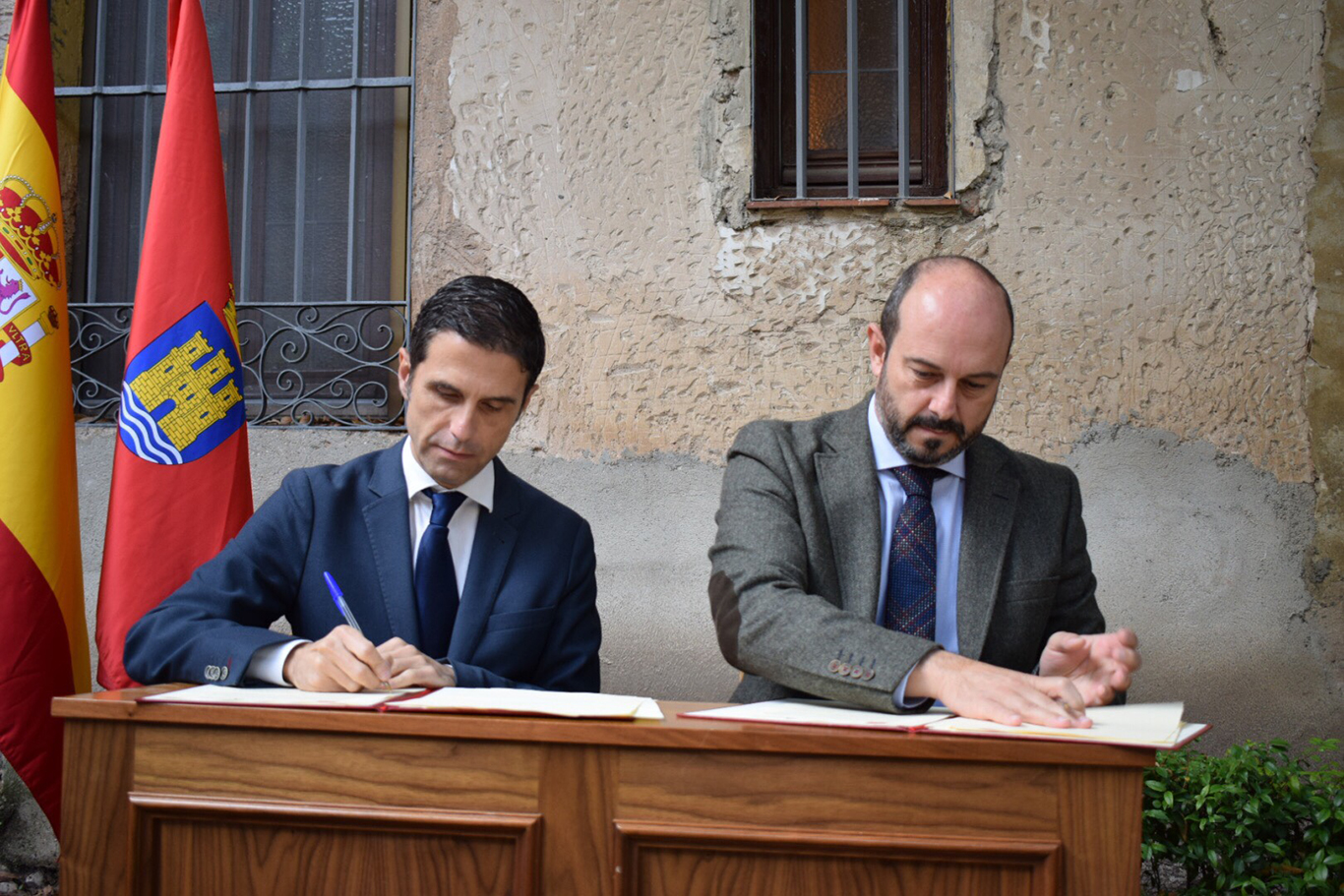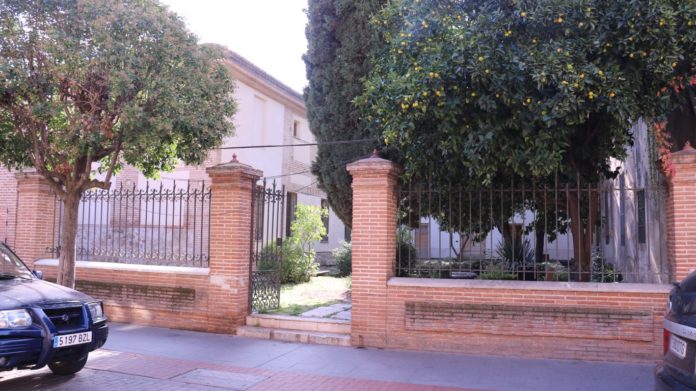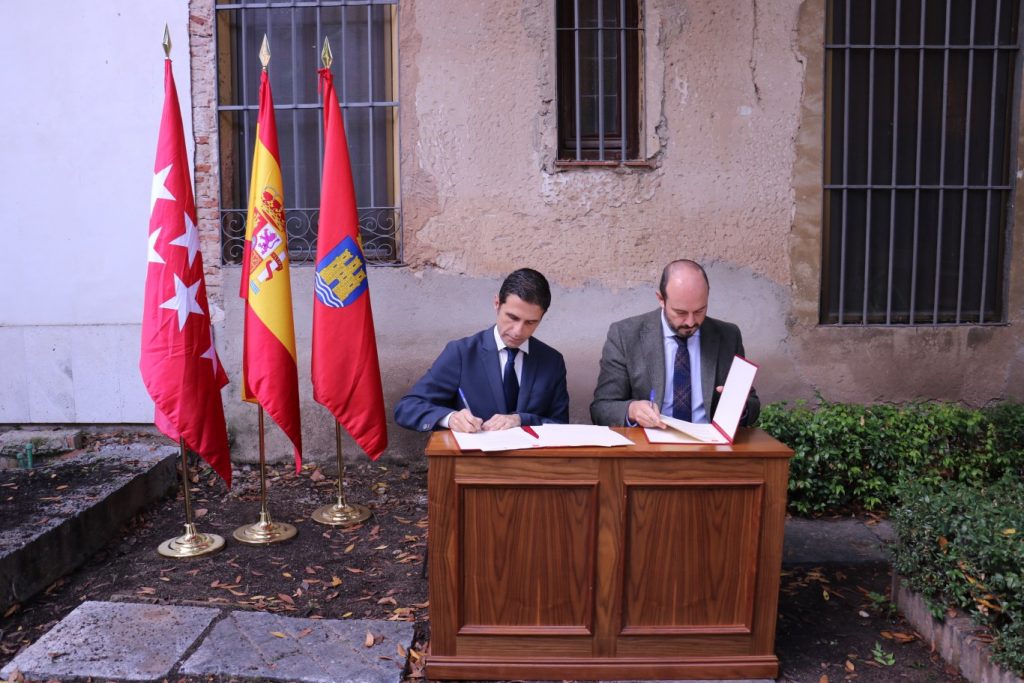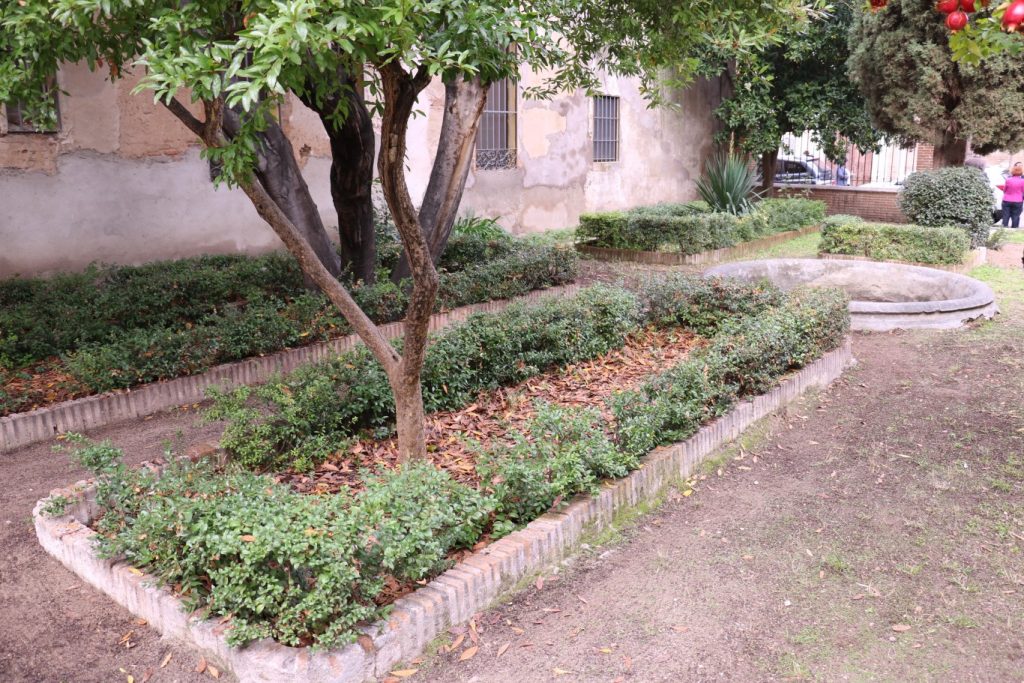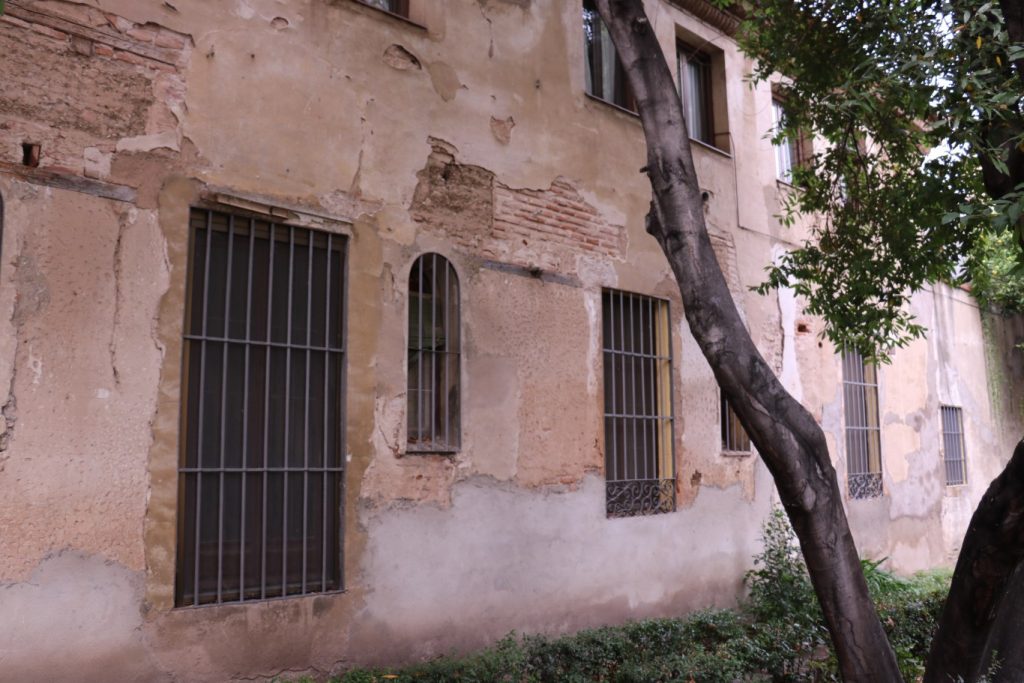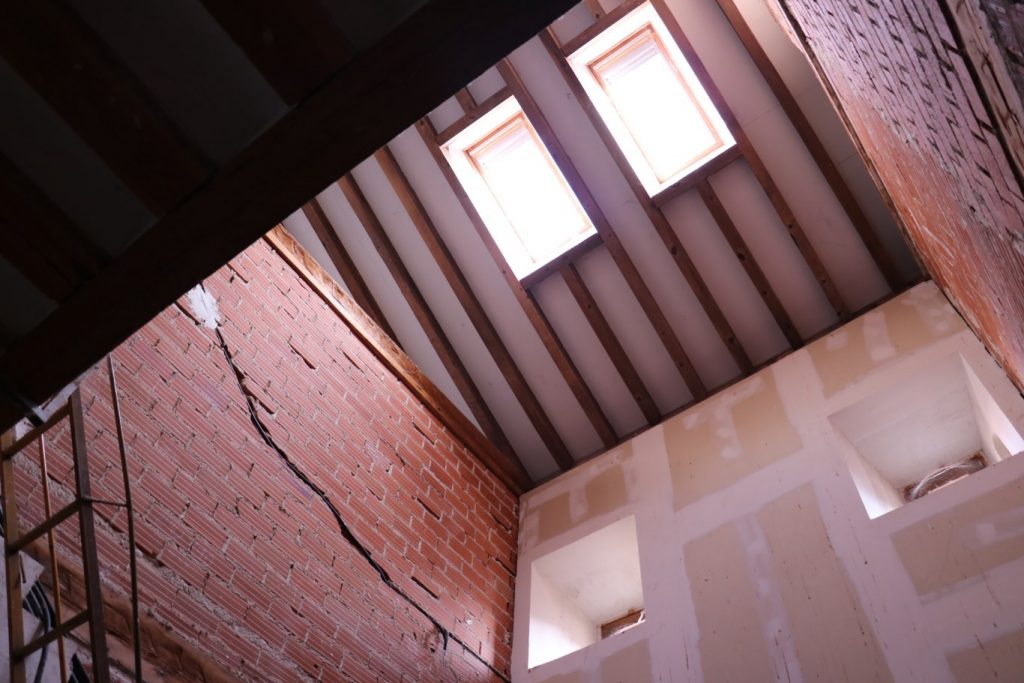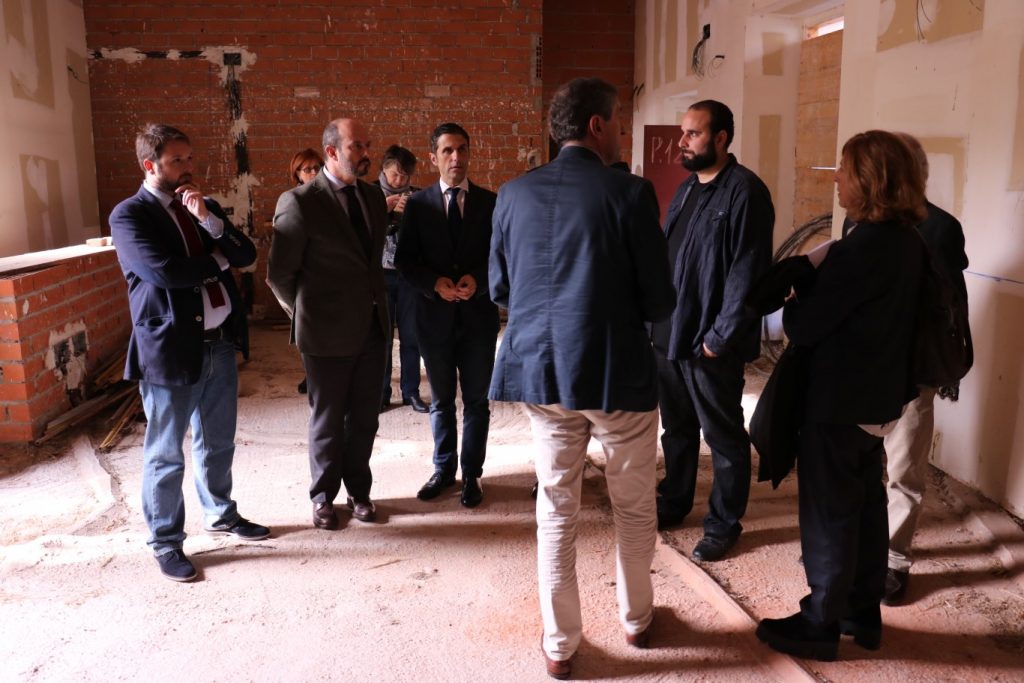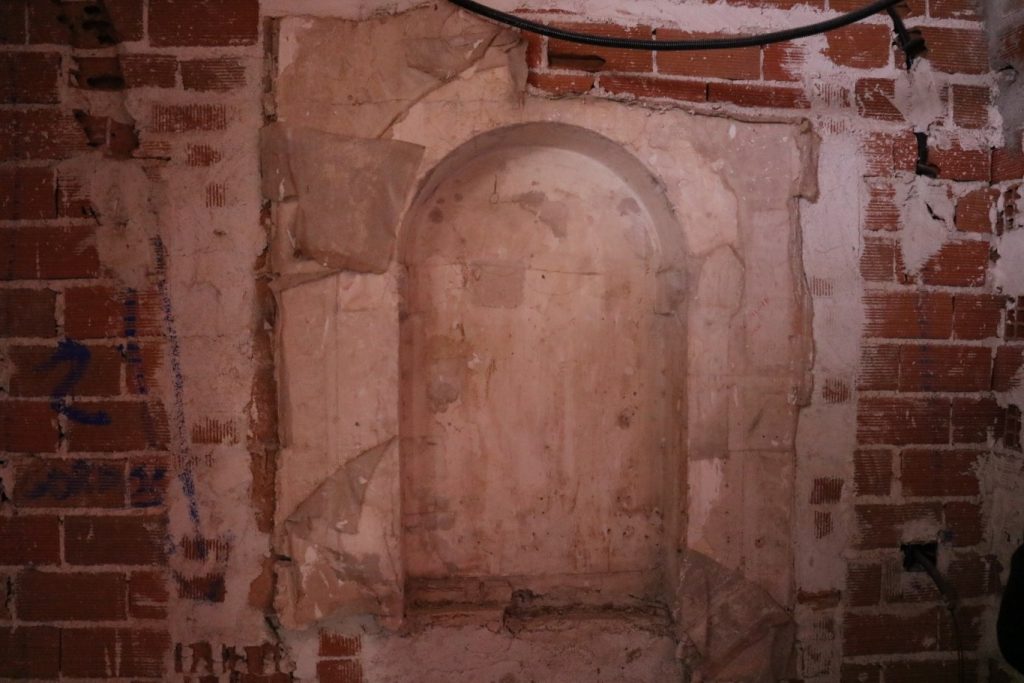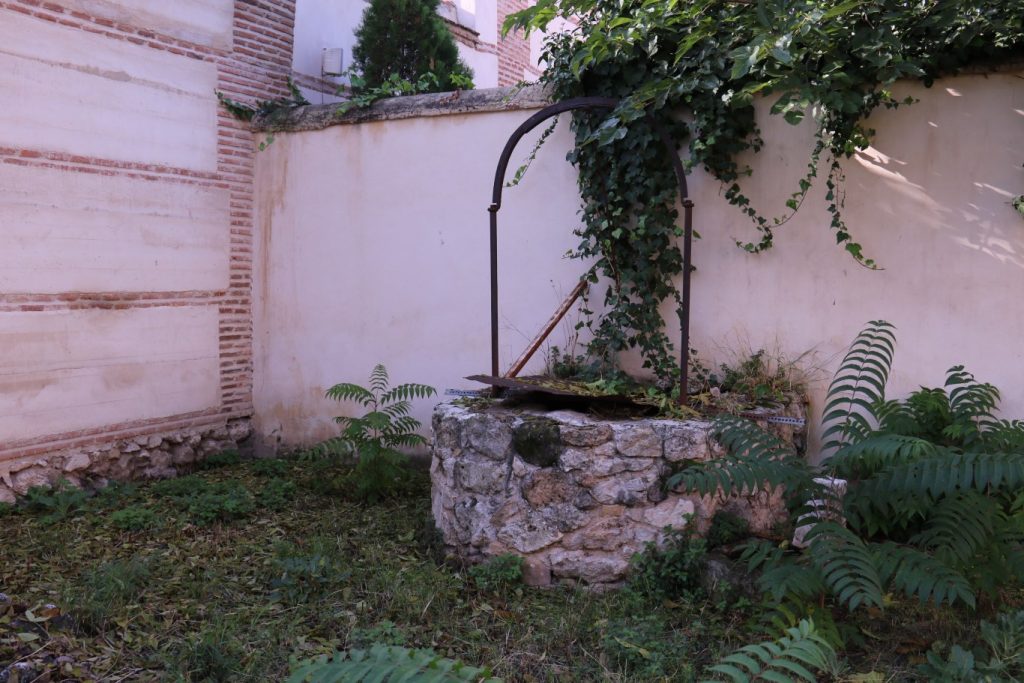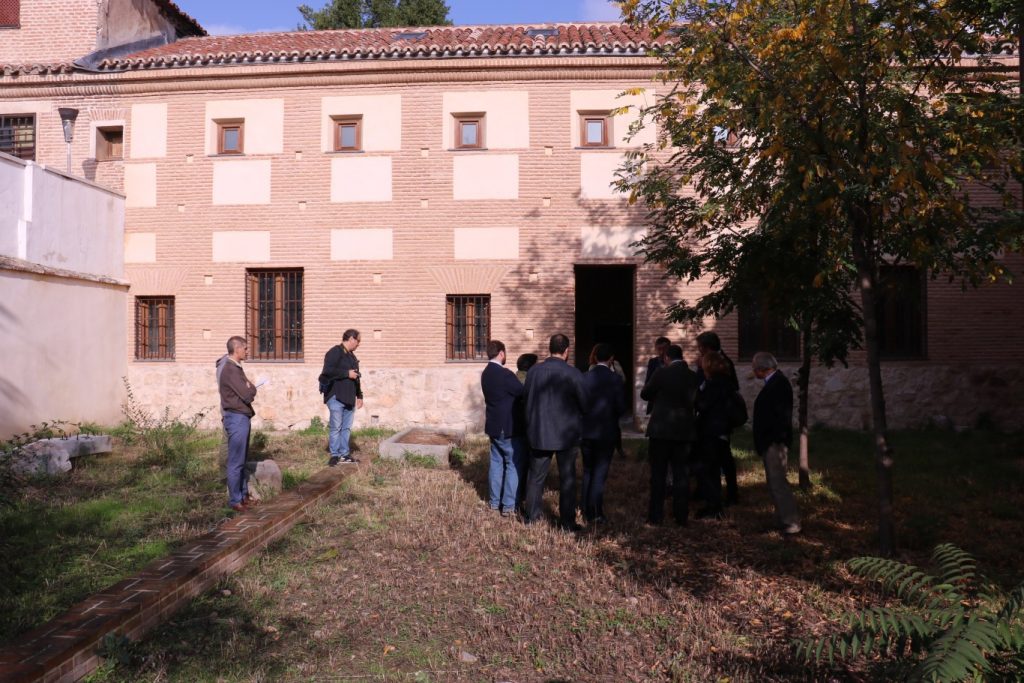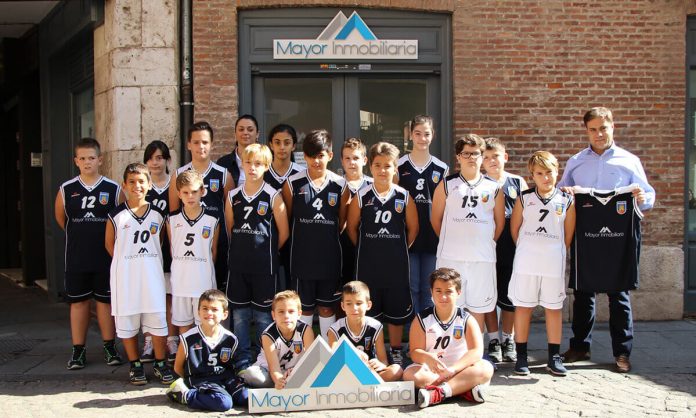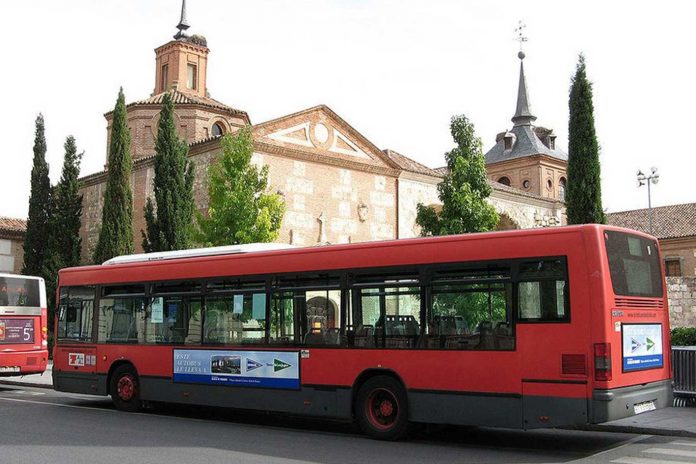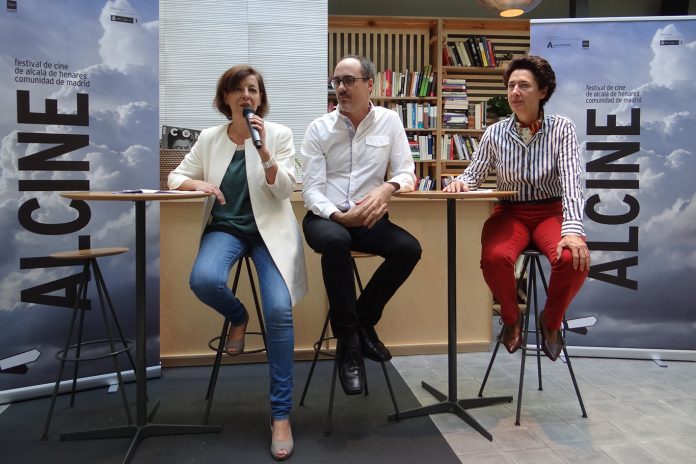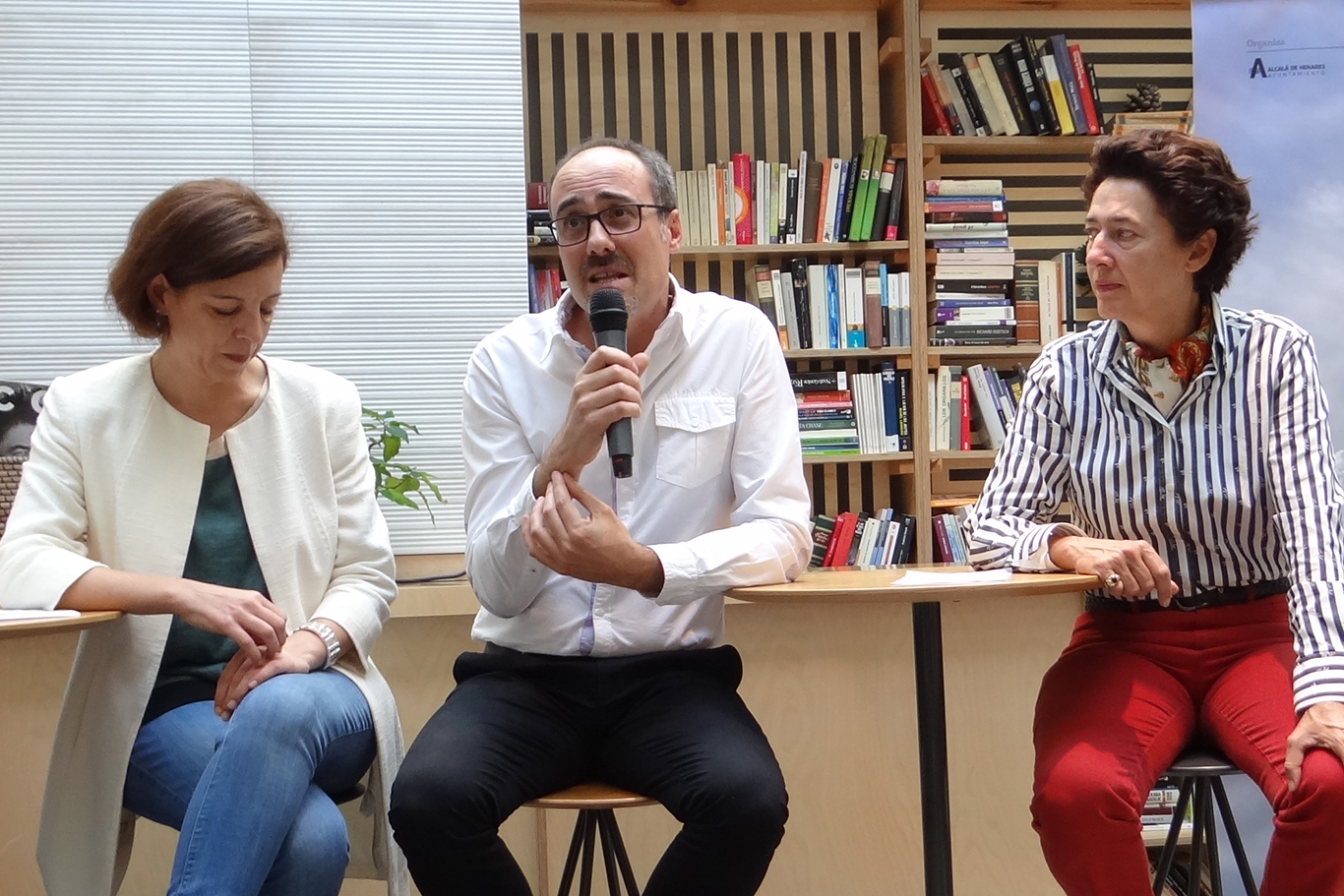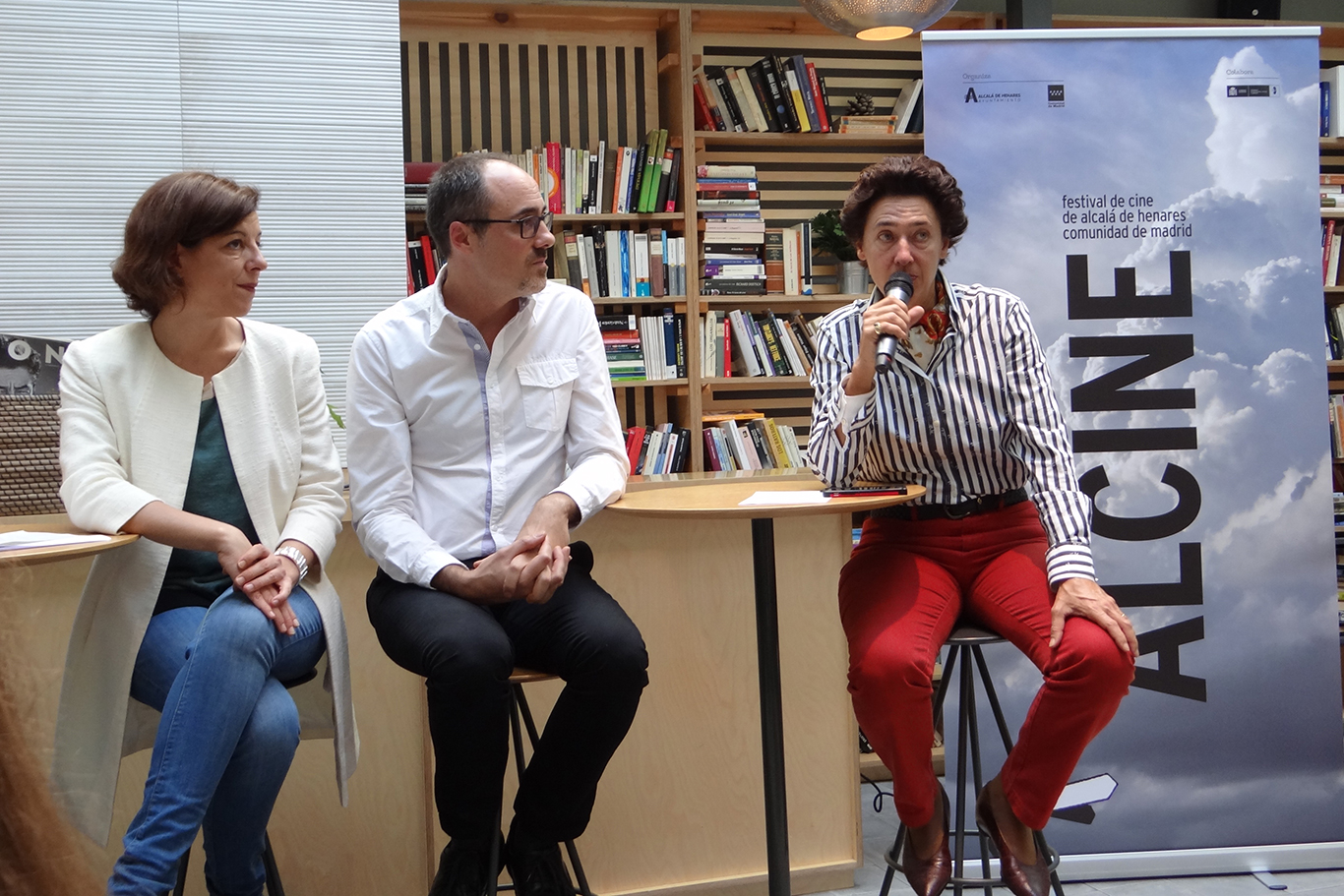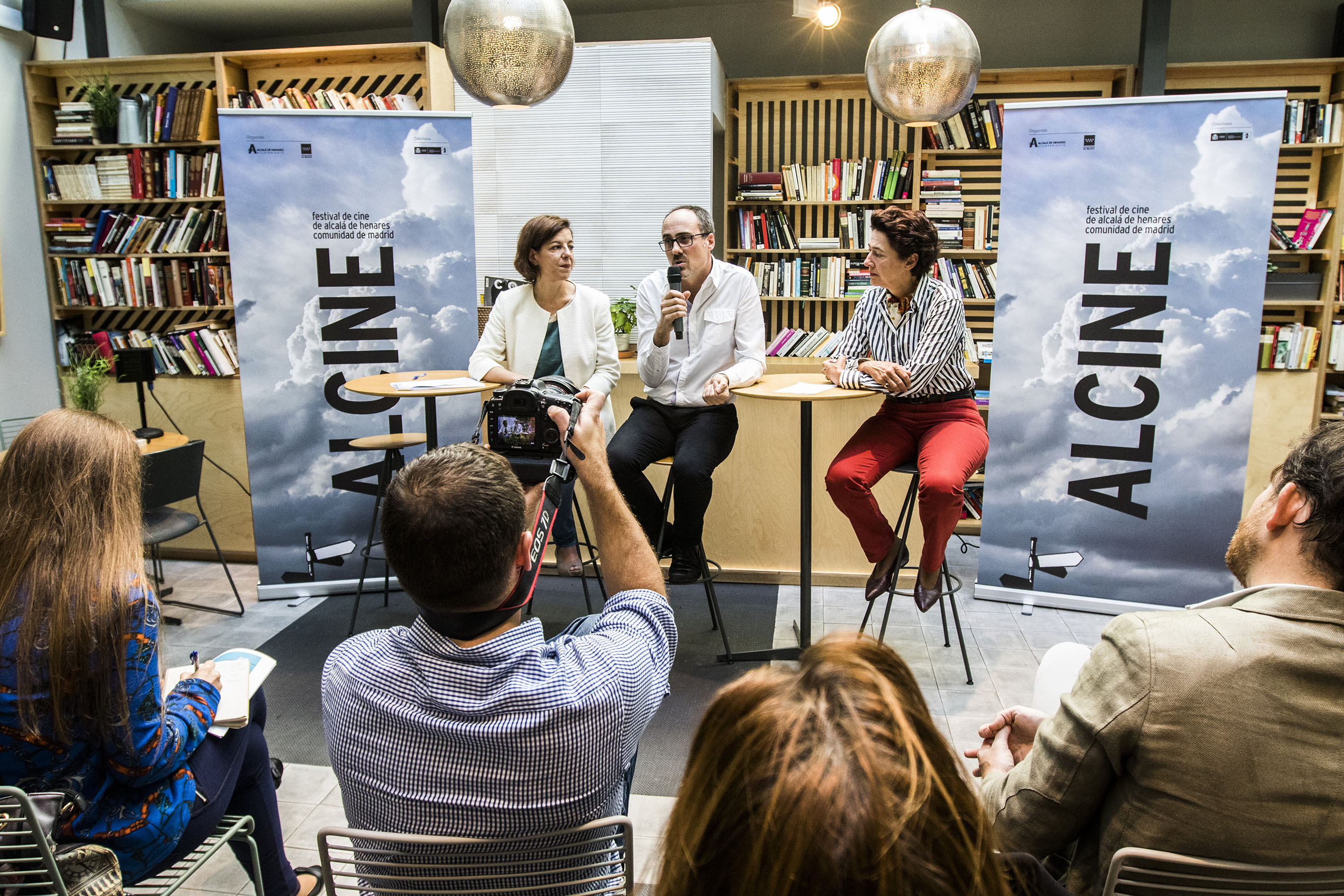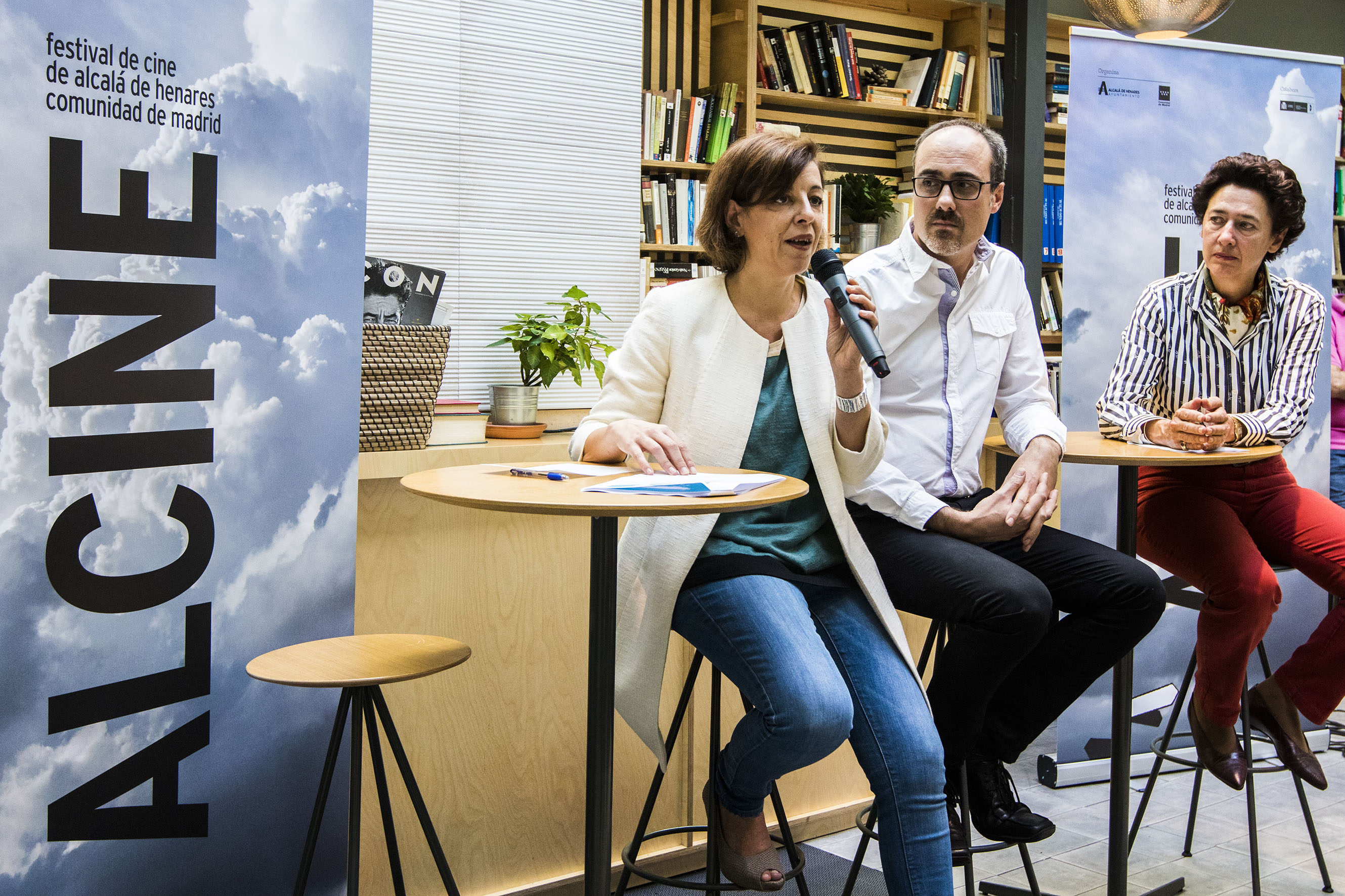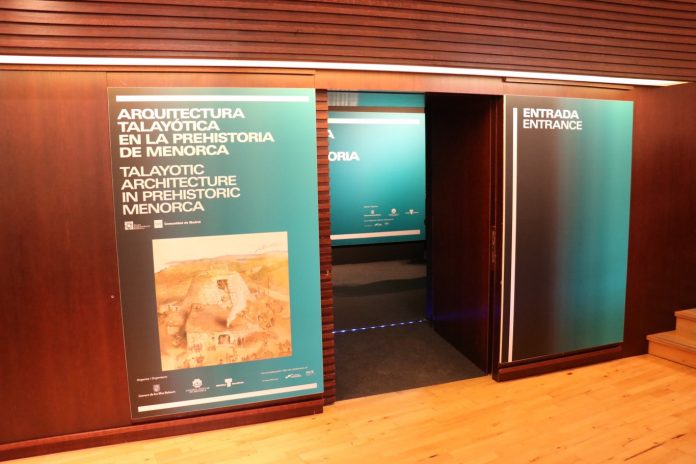La directora de la Oficina de Cultura y Turismo, Anunciada Fernández de Córdova, ha inaugurado la exposición Arquitectura Talayótica en la prehistoria de Menorca.
Del 27 de octubre al 8 de enero de 2017 tienes una oportunidad única de descubrir una sorprendente exposición que recopila información sobre la prehistoria menorquina. Te recomendamos su visita porque es fresca, diferente y sin duda enriquecedora.
Se trata de una de las manifestaciones más sugerentes y desconocidas de la prehistoria española, cuyas características singulares y sus valores potenciales la han convertido en candidata a Patrimonio Mundial por parte de la UNESCO.
La exposición no solo habla de arquitectura, sino también del paisaje en el que ésta cobra sentido y del proceso de ocupación del territorio en las diferentes fases del Calcolítico y la Edad del Bronce y del Hierro en las que podemos dividir la prehistoria de Menorca.
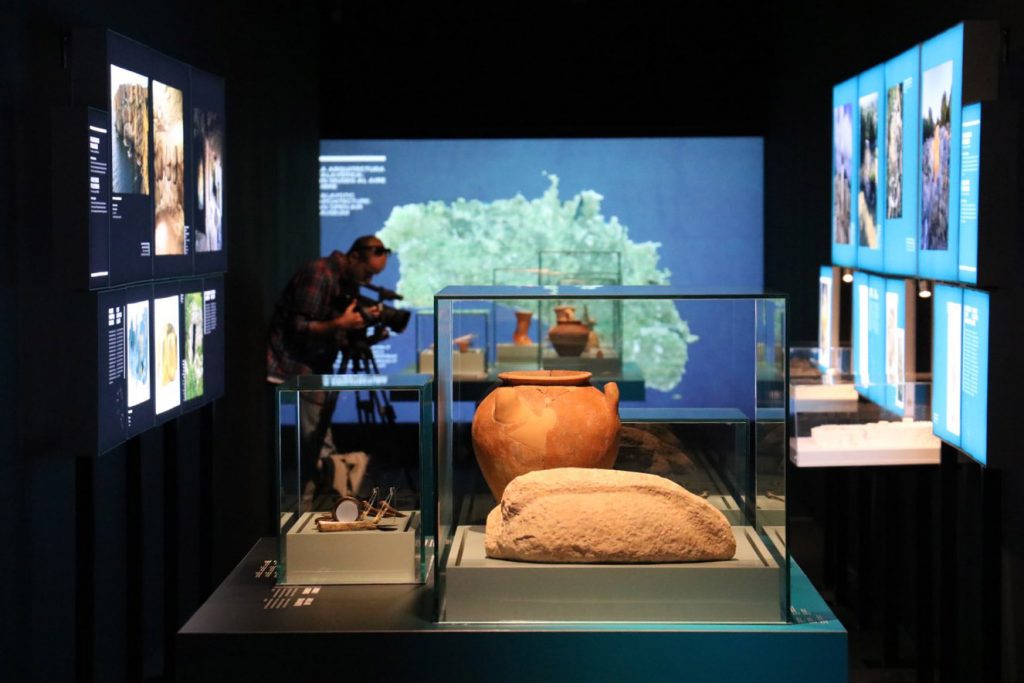
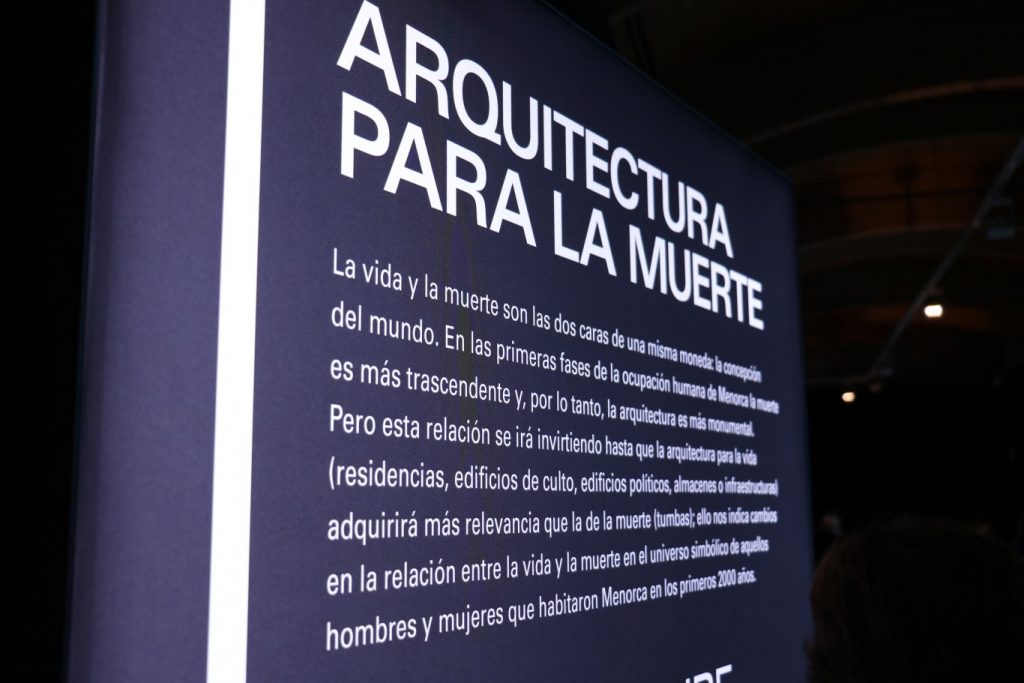
Toda la muestra transita en la dualidad que asocia una arquitectura a la muerte y otra a la vida. Desde esta doble perspectiva se profundiza en las sociedades que la levantaron; sus formas de supervivencia y su espiritualidad, su gradual complejidad social, sus sistemas de creencias, los modelos de ocupación del espacio o los rituales funerarios.
El Museo Arqueológico Regional trae a Madrid esta exposición, organizada por el Govern de les Illes Balears y el Consell Insular de Menorca en colaboración con Triangle Books, Acción Cultural Española, AC/E y Fundació Baleària, y supone la primera sede de su recorrido por distintas ciudades españolas.
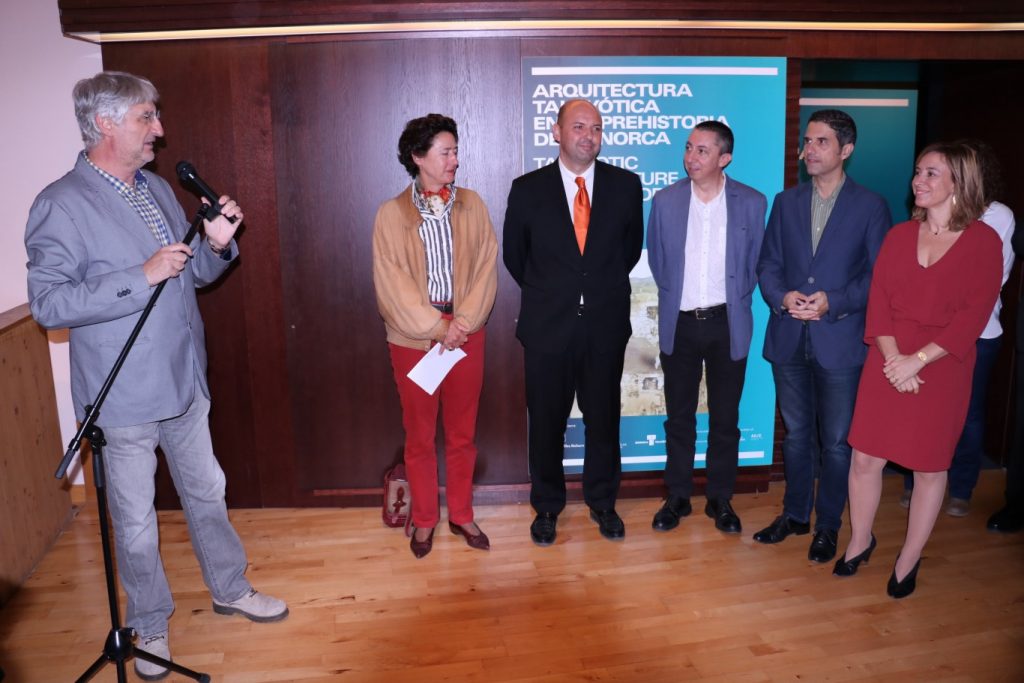
Fernández de Córdova ha inaugurado la muestra junto al Conseller de Cultura i Educació del Consell Insular de Menorca, Miguel Ángel María Ballester; la Directora General de Patrimonio Cultural, Paloma Sobrini; la Directora de Acción Cultural Española, Elvira Marco; el alcalde de Alcalá de Henares, Javier Rodríguez; los comisarios de la exposición, Antonio Nicolau y Elena Sintes, y el Director del Museo Arqueológico Regional, Enrique Baquedano.
El alcalde ha aprovechado su intervención para mostrar su apoyo a Menorca Talayótica en su candidatura a Patrimonio Mundial.
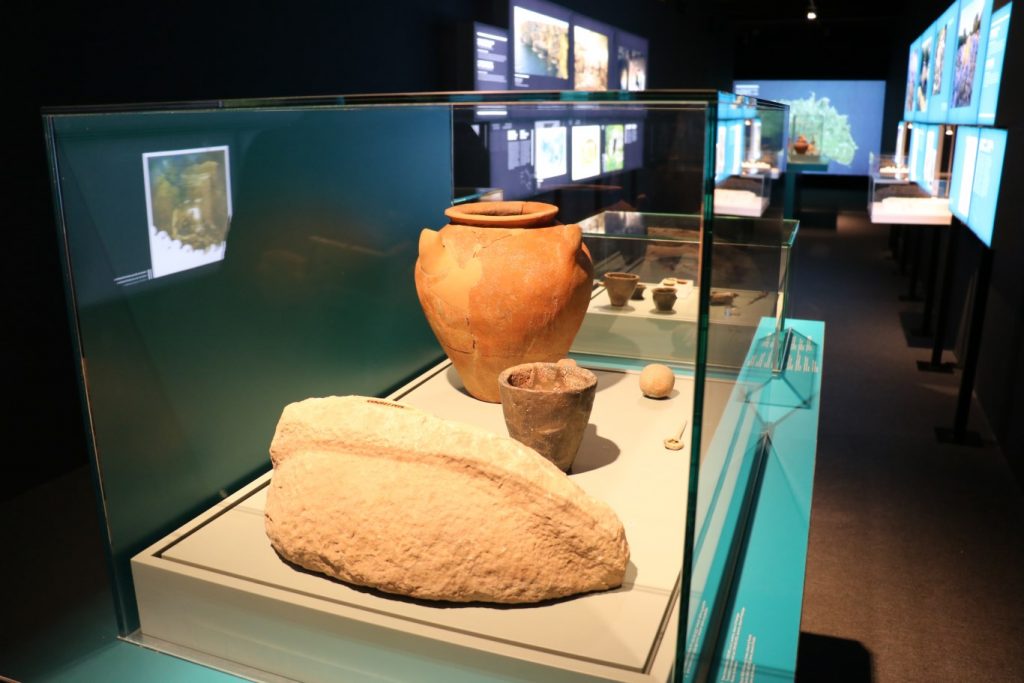
Sobre la exposición
Arquitectura Talayótica en la prehistoria de Menorca
Una de las manifestaciones más sugerentes y desconocidas de la prehistoria hispana tuvo lugar en Menorca. Su huella, manifestada principalmente a través de una arquitectura monumental, puede rastrearse en la exposición temporal que el Consell Insular de Menorca trae al Museo Arqueológico Regional de la Comunidad de Madrid desde el 27 de octubre de 2016 hasta el 8 de enero de 2017.
La exposición no solo habla de arquitectura, sino también del paisaje en el que ésta cobra sentido y del proceso de ocupación del territorio en las diferentes fases del Calcolítico, la Edad del Bronce y del Hierro en las que podemos dividir la prehistoria de Menorca.
Toda la muestra transita en la dualidad que asocia una arquitectura a la muerte y otra a la vida. Desde esta doble perspectiva se profundiza en las sociedades que la levantaron; sus formas de supervivencia y su espiritualidad, su gradual complejidad social, sus sistemas de creencias, los modelos de ocupación del espacio o los rituales funerarios.
A través de más de 30 yacimientos se muestran las características singulares de este patrimonio arqueológico y sus valores potenciales como Patrimonio de la Humanidad.
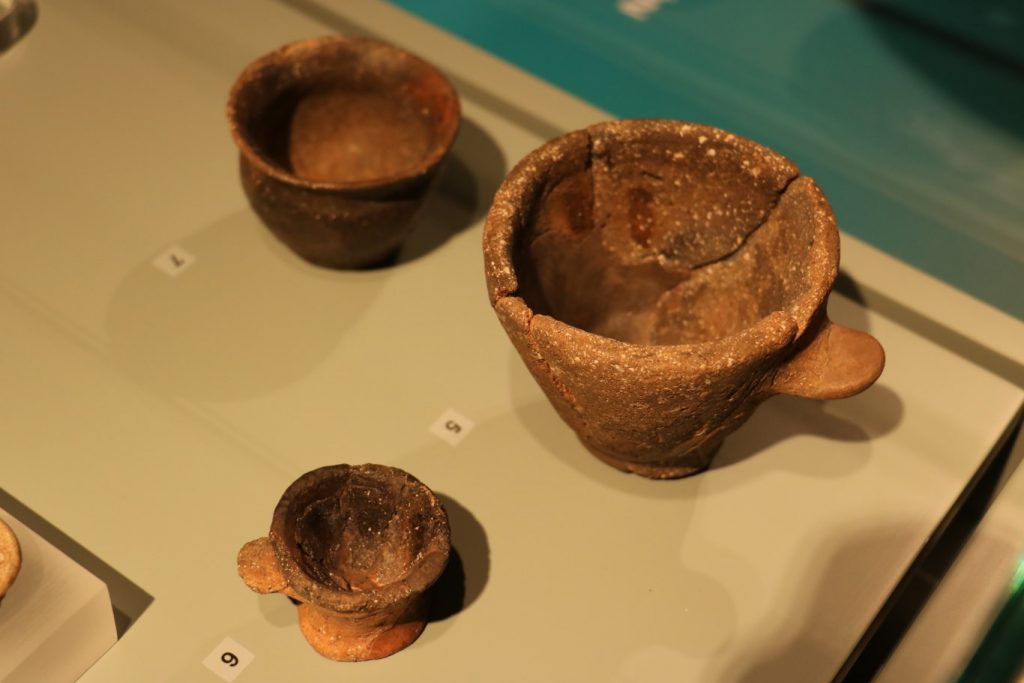
El discurso expositivo
El recorrido se inicia con una introducción sobre el paisaje y el territorio de Menorca que nos descubrirá la fisonomía de la isla, su paisaje de piedra -aún visible en la actualidad- o su posición en el Mediterráneo occidental. La alta concentración de yacimientos y monumentos que se han conservado, permite que nos adentremos en un viaje en el tiempo de más de 4.000 años y ser testigos de sus transformaciones y cambios.
Pero, sin duda, la arquitectura y su monumentalidad conforman el núcleo de la exposición, verdadero hilo conductor del resto del discurso. Desde sus muros se ahonda en las peculiaridades de la arquitectura durante la prehistoria de la isla.
Se trata de una arquitectura de tipo ciclópeo, para la que se emplearon técnicas diversas dependiendo de las necesidades a las que estas construcciones debían dar solución: no solo sirvieron de hábitat o de espacio funerario, sino que se revistieron de monumentalidad y visibilidad, como una expresión simbólica o de prestigio.
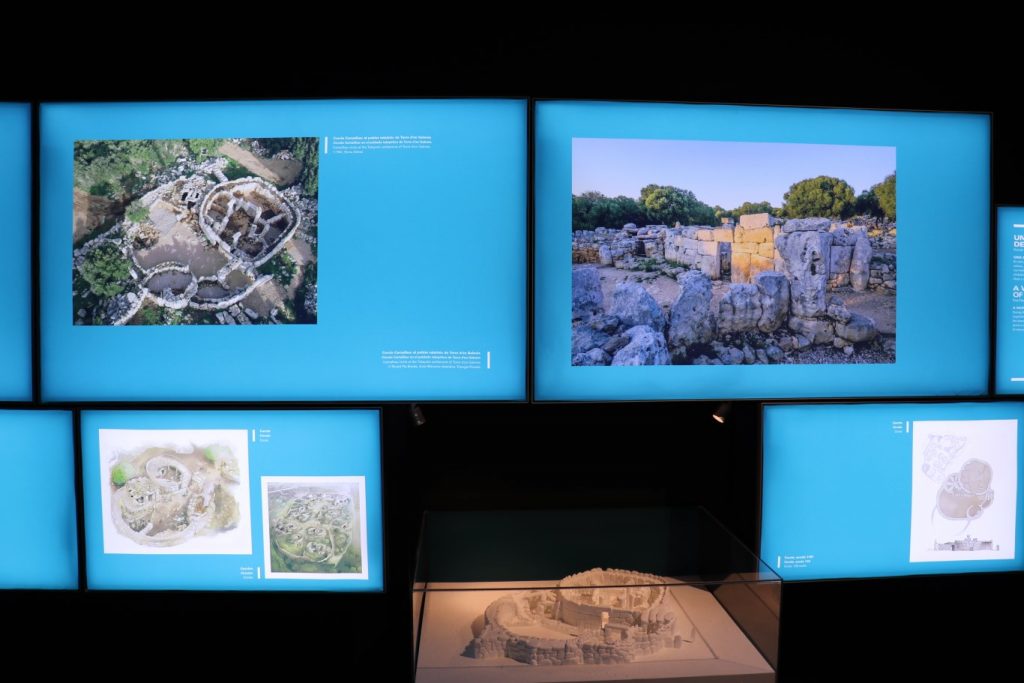
Tras esta introducción, se profundiza en las tipologías de la arquitectura a través de dos líneas que discurren paralelas, siguiendo un criterio cronológico desde el período dolménico hasta el período postalayótico: En un lado, las construcciones asociadas a la vida (hábitat, espacios públicos y rituales,..), que nos hablan de la funcionalidad para la que fueron construidas y de las comunidades que las habitaron (actividades económicas, organización social, contactos con otras culturas,…). En frente, opuestas a las anteriores, las construcciones o espacios relacionados con la muerte (tumbas y necrópolis,…), ilustradas con informaciones que contextualizan estos monumentos con los ritos funerarios que les daban sentido.
Estas dos líneas temáticas (vida y muerte) que avanzan en el tiempo y que se enfrentan como caras de una misma moneda, también se relacionan y se conectan entre ellas a través de la cultura material de forma inequívoca. Una selección de objetos característicos de cada uno de los periodos son presentados en su doble vertiente: el uso y la funcionalidad de un mismo objeto en el mundo de los vivos, pero también su significado y el simbolismo que este mismo objeto adquiere en la esfera funeraria.
El recorrido finaliza con un epílogo que muestra como la arquitectura monumental talayótica ha convertido a Menorca en un museo al aire libre que le ha hecho merecedor de presentarse como candidata a formar parte de la lista del Patrimonio Mundial de la UNESCO.
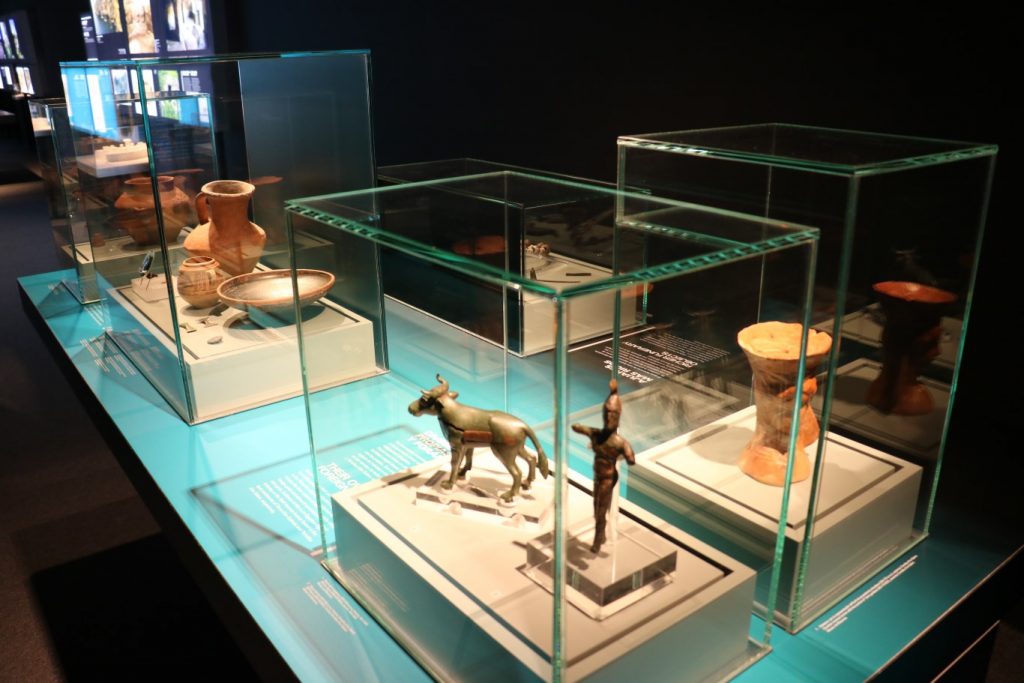
Contexto histórico
La prehistoria en Menorca abarca un amplio periodo cronológico que va desde el establecimiento humano en la isla, hacia el 2500/2100 a.C., hasta la conquista romana, el 123 a.C. Durante estos más de dos mil años se desarrollan diferentes etapas.
El concepto Menorca Talayótica nace de uno de sus monumentos más característicos: el talayot (del catalán talaia pequeña, que significa atalaya). Desde el siglo XIX hasta la actualidad, la bibliografía científica utiliza esta denominación como título genérico para referirse a una amplia fase de la prehistoria insular.
El rico patrimonio menorquín correspondiente al periodo talayótico, constituye un ejemplo único de densidad de construcciones, cultura material y testimonios diversos en un territorio tan reducido del Mediterráneo occidental.
Estas construcciones se realizaron aprovechando la piedra de la isla, gracias a las características geológicas de Menorca, que presenta una extensa plataforma calcárea en el sur, que es, de hecho, donde se localizan gran parte de los yacimientos.
Son monumentos que, a pesar de su antigüedad, se conservan en muy buen estado y, por su monumentalidad y su emplazamiento, se integran excepcionalmente en el paisaje menorquín. Por otra parte es llamativa su alta concentración: la isla, con una superficie de 700 km2, tiene 1.574 yacimientos arqueológicos, de los que 1.401 están catalogados como bien de interés cultural (BIC).
La Menorca talayótica desarrolló una sociedad fuertemente cohesionada y desplegó estrategias comunales de gestión y control de los recursos insulares, como demuestra el hecho de que fueran capaces de levantar tan impresionantes monumentos.
Todos estos argumentos han conducido a la presentación de la Cultura talayótica de Menorca como candidata a la declaración de Patrimonio Mundial por parte de la UNESCO. En el año 2013, la UNESCO incluyó la candidatura menorquina en la Lista Indicativa y también fue aprobada en marzo de 2015 por el Consejo del Patrimonio Histórico del Ministerio de Educación, Cultura y Deporte del Gobierno de España, que ya ha tramitado la documentación al Centro de Patrimonio Mundial UNESCO para su evaluación.
Se espera que la decisión final se produzca en junio de 2017. En vísperas de esta decisión, el Govern de les Illes Balears y el Consell Insular de Menorca han organizado esta exposición que se podrá visitar en distintas ciudades españolas cuya itinerancia se inaugura en el Museo Arqueológico Regional de la Comunidad de Madrid. En ella han colaborado Triangle Books, Acción Cultural Española, AC/E y Fundació Baleària.
La Idea de esta exposición parte de Mediterraneum. Cultura, turisme i medi ambient y Kultura. Idees y estratègies per al patrimoni. El programa científico de la muestra ha corrido a cargo del comisariado de Elena Sintes y Antoni Nicolau.
Creemos que tan importante legado merece ser conocido y disfrutado más allá de su isla de origen, por ello su visita a la Comunidad de Madrid supone una ocasión irrepetible para conocerlo y hacerlo así parte de nuestra propia historia.
Más información
Museo Arqueológico Regional








